|
There are a lot of stereotypes involved with wildlife research, such as muddy boots and binoculars, the ever-handy notebook, and a Jane Goodall-esque scene of being alone in the forest among the animals. Some of these are true: there is generally plenty of mud involved and the notebook is a must. But the romanticized idea of going to a far-off country, trekking through the wilderness alone, and sitting within reach of your study species? My experience in the field could not have been more different. Luckily, my collaborators at WCS Bolivia knew better than to let some crazy “choca” (a local term for a foreigner with light skin) loose in the jungle to look for animals.
This summer I was in the Bolivian Amazon, in and around the Madidi National Park, to collaborate in research on mammal population trends. Our field team operated in pairs: one researcher and one guide. The name “guide” is an oversimplification because otherwise we would have to call them “navigators/boat drivers/trail makers/trackers/carpenters/builders/translators/…” and you get the idea. These “guides” were all men hired from the local indigenous communities to help WCS researchers, and a crazy choca, study wildlife. When not working with WCS, they were fishermen, roofers, builders, loggers, and workers in any other role that was needed in the area. In addition to these skills, what made them invaluable to our team was their experience as trackers and hunters of local wildlife. They know the forest, they know how these animals behave, they know how to traverse a forest riddled with vines and cliffs, they know what time is best to bathe so you don’t get eaten by as many insects, they know which ants will give you fever from a single bite – they know it all! And me? Turns out I knew next to nothing about how to live and work in the Amazon. I left the US as a Yale graduate student and researcher; I arrived at the field site as lost woman with a notebook. I spent my first few weeks doing my best to follow my guide, Cayo, who I quickly (and very happily) learned has the patience of a saint. I was in charge of the GPS, a technology that he was not very familiar with, but other than that I was a glorified note-taker. Cayo told me what type of forest we were in, where the tracks were, what species they were from, and most of the other information. I wrote it all down in the datasheet and made sure we didn’t leave our assigned quadrant. I took my job as GPS navigator very seriously – especially since I had so few jobs. I learned an incredible amount from this taciturn man. In addition to his patience, he has a photographic memory of plants and tracks, an easy humor, a very unassuming way of showing me new things, and a ridiculously reliable mental map. Despite how contradictory the experience was to my expectations, Cayo and I had a wonderful time and did great work together. I got the data we needed, saw staggeringly beautiful wildlife, and made a good friend. This research, and any of the other research that WCS does in the park, would not have been possible without Cayo and the other guides (who were all remarkable, but we will save that for another time). They really are the unsung heroes of conservation research. So let’s sing a little.
840 Comments
This is a repost of Os' blog post on the Princeton University Press blog - visit here to check out the original post as well as entries by other writers and scientists in honor of Earth Day Pop music icon Joni Mitchell’s song “Big Yellow Taxi”, released during the headiness of the first Earth Day, ranks among the top anthems of the 1970’s environmental movement. With lyrics such as “They took all the trees and put them in a tree museum,” and, “They paved paradise and put up a parking lot,” it rebuked what humans were doing to nature in the interest of what was popularly deemed to be progress. The refrain, “Don’t it always seem to go that you don’t know what you’ve got ’till it’s gone,” adds a wistfulness for all that is lost in the name of such progress.
The song has a timeless ring given what humans are continuing to do to nature today. More than half of the global human population now lives in paved urban areas. And by all indicators, that number likely will grow to become two thirds of all humans, or even more, by mid century. It seems that there is no end in sight to humankind’s drive to pave-over nature. Indeed, the numbers of species that stand to be endangered in the name of such progress seems unconscionable. It is not surprising, therefore, that those who are committed to speak up for those species and champion their protection might become disillusioned. It seems that all we can do in the face of this unstoppable wave of global urbanization is to sing the blues, lamenting all those species that will surely go extinct, all the while losing hope that things will change. Yet, this needn’t be a foregone outcome. Changing ways, however, require a shift in mindset about how we build urban environments. We need to stop simply being expedient by taking away all the trees, paving-over nature, and building from scratch. Instead we can and should capitalize on human ingenuity and creativity, to take care to design and build urban areas in ways that complement nature’s aesthetic and embrace its functional properties. Take for instance a place that is near and dear to me: located a mere fifteen-minutes from where I live is part of an urban greenspace in which a river flows through a heavily treed landscape squarely in the middle of the city and several adjoining towns. I find it magical every time I step into the river at the crack of dawn, balancing against the surge of water pressure around my legs as I begin fly-fishing. I always take a moment and look up into the bordering forest to admire the kaleidoscope caused by the flecks of rising sunlight penetrating the small gaps within the dense forest canopy. The rising sun is nature’s alarm clock. There is not a person in sight, anywhere. The only sound comes from the singing birds, the flowing water, and me, breathing. Standing alone in this stretch of the river lets me forget my worries and reflect on what is good in life, including being lucky enough to have nature so close at hand. One of the most important dividends of having healthy ecosystem functioning is the delivery of abundant, clean water. Forests on hillsides surrounding water bodies like my urban river play an important role in the delivery of clean water. By rooting to different depths in the soil, different tree species together prevent the soil from being compacted, which allows water to infiltrate and replenish soil moisture that eventually seeps down into the river. By rooting in the soil, trees prevent soil erosion during run-off events, which prevents the river from becoming murky with suspended soil particles. Such natural water treatment can help municipalities offset hundreds of millions of dollars in capital costs that would otherwise be needed to build water treatment facilities. Natural water treatment also offsets taxpayer funded water filtration costs that can run between hundreds of thousands to millions of dollars per year, depending on how much urban nature exists. Encouraging nature as part of the urban built environment has benefits as well. Roadway trees creating urban forests filter out air pollutants such as ozone, nitrogen, and sulfur dioxides, and small particulates that cause respiratory ailments. They also provide natural air conditioning by cooling urban areas through shading. This in turn prolongs the life of infrastructure like paved roadways. It also reduces the need for energy generation that would normally be used to cool buildings and thereby reduces emissions of greenhouse gasses and air pollutants that accompany that energy generation. Urban trees help storm-water percolate into soils rather than run-off across impervious surfaces to flood urban drainage systems and watercourses, thereby reducing the concentrations of pollutants in the water supply. Estimates indicate that the value of these services to a given city could again amount to hundreds of thousands to millions of dollars. The replacement value of the trees alone can reach hundreds of millions of dollars, even after accounting for maintenance costs including tree pruning and removal, leaf pick-up and disposal, and utility-line clearing. Urban trees offer personal health benefits as well. People living in neighborhoods with high densities of roadway trees are characterized as having higher perceptions of personal physical and mental health, of feeling younger, and of having lower incidence of cardiac and metabolic ailments than people living in the same city but in neighborhoods with fewer trees. It also encourages people to eat healthier diets, especially less meat and more servings of vegetables, fruits and grains. These health indicators persist even after accounting for differences in socio-economic factors and age. Estimates show that these lifestyle effects are equivalent to having $10,000 more in personal annual income. The rise in urban ecological science is heralding a new era to help urban planners think more creatively about nature-informed design. Some of that creativity may come from combining natural features—such as varieties of plants with different physical structures that complement each other in their functioning—into new kinds of construction processes. Green roofs, roofs of buildings that are covered by all variety of plant species in a growing medium, are one such example. Bioswales are another. These gently sloping landscaping elements create a drainage course—a modified ditch or local depression—that is filled with natural vegetation or compost. They are usually built alongside streets or in parking lots. They collect and hold water from surface runoff to filter out silt and pollutants, thereby cleaning the water before it eventually enters a city’s storm-water sewer system. Humanity’s influence on the Earth is forcing us to stretch our collective imagination into many realms that we have never considered before. But we have considerable scientific knowhow to support human ingenuity and thus meet the challenge of devising creative new ways to protect all the jazz. Designed landscapes change microclimates, flows and concentrations of water and nutrients, and emissions and concentration of pollutants. Hence thoughtful design must ensure that these changes lead to positive functional outcomes. Planted landscaping can even build natural habitats for many species thereby creating opportunity to lower their endangerment, as nature gets paved-over. But it requires thinking hard about the exact kinds and ways of creating habitats and how they are spatially arranged. At a minimum, that knowledge tells us that we should keep the trees whenever we pave paradise and put up a parking lot. Adam Eichenwald, Masters Student I’m now about halfway through my research season, and so I figured I’d post an update to the lab website on my progress. This post will concentrate on the more project-specific details of what I’ve been up to, since readers are more likely to be science-oriented. However, I’ve linked below pages from my blog at the UCROSS website if you’re interested in more broad background info and stabs at comedic writing. Readers here do need a little background information to make sense of everything, of course; I wouldn’t leave you completely in the dark just to increase my blog readership (although…maybe I did consider doing that). For those of you who have never visited my “about me” page on this website, my master’s work is focused on researching interactions between species in an Alaskan food web. I’m interested to see if the gyrfalcon (the largest falcon species in the world) has an indirect effect on willow shrubs through predation of ptarmigan, its preferred prey. Ptarmigan are known to affect the structure of willow shrubs by eating buds on branches, and I’ve hypothesized that ptarmigan will intensify browsing of shrubs at further distances from gyrfalcon nest sites to avoid being consumed. There are, however, two species of ptarmigan present on the landscape, and it is unknown whether gyrfalcons prefer to hunt one species or the other. Therefore, any indirect effect I find has the potential to be affected further by prey selection behavior. The effort required to get this project off the ground has given me a fantastic crash course in project design. After a year of work and lots of advice from Os Schmitz, I’ve established a number of interlocking facets to my research. To help my brain keep track of everything, I’ve split my time and the project into two separate parts. For the first month of the project, I worked on the more complicated part 1: obtain data on the potential trophic cascade. This required four separate collection methods operating almost simultaneously: helicopter surveys to find and GPS-mark all gyrfalcon nests in the study area, ptarmigan surveys to locate places where prey are most heavy in abundance, shrub surveys to estimate intensity of ptarmigan browsing, and kill site surveys to locate anyplace where a gyrfalcon attacked and killed a ptarmigan. There were, like in any new project, complications. It turns out that I horrendously misjudged the distances I would be working with when I was in the planning stages back at Yale. Blame the Mercator map (cartographers know what I’m talking about). It turns out that Alaska is…rather large. While I knew this before stepping onto my flight, I didn’t fully appreciate how mind-bogglingly huge it really is. My study area – the bottom third of a “small” peninsula – is still approximately the size of the entire state of Massachusetts. While this wouldn’t be an issue if I were performing a pilot study for a PhD, I only get one research season to collect all the data I need for my thesis. A small part of me wonders if this is intentional on Yale’s part, to see if master’s students are capable of thinking on our feet to compensate for problems we encounter in the field. Some of my problems were solved by splitting the work. I’m collaborating with the Peregrine Fund, a nonprofit organization that studies birds of prey. To collect everything that we needed, other researchers performed the helicopter surveys while I focused on performing assessments of ptarmigan abundance. The helicopter surveys required an additional visit on foot to the nests before falcon eggs hatched, and I split off from the team to perform an investigation into browsing intensity while they hiked to each nest. This last part was the most difficult portion of the project, as my original plan was to begin surveys at the gyrfalcon nest and move away from that central point. However, due to thick brush and snow I could not move fast enough to get more than 800 meters away from a nest in the time I had allotted – and gyrfalcons are known to forage for kilometers surrounding their nesting sites. Thankfully, I was able to amend my methods to compensate for this fact, which I ran by the Yale Forestry statistics professor and the Schmitz Lab secret arctic expert, Rob Buchkowski. Don’t tell Rob’s isopods that before they came along he spent most of his time chasing mammals in the high arctic. It would break their little hearts. After a false start, I was accumulating large amounts of data. Unfortunately, I was working against the clock. Once leaves sprout in May, it becomes almost impossible to measure browsing intensity of willow shrubs. Ptarmigan also become almost invisible, hiding under the newly grown leaves with a more camouflaged molt. That said, I was able to collect a large amount of data by the time I was forced to conclude that portion of the project – enough, I hope, to allow for a trophic cascade analysis. Now I’m on part 2, which is aimed to discover whether gyrfalcons prefer one species of ptarmigan to the other. Now that their chicks have been born, the gyrfalcons are bringing most of their kills directly to their nests to feed to their young. This means that there is a veritable boneyard both inside and surrounding the nest, unfinished prey remains that have been left to rot. And these remains have DNA! Currently, my days are spent hiking to gyrfalcon nests, collecting all the bones I can find, and freezing them upon return to base camp. Hopefully, I will be able to amplify enough DNA from the bones to determine which species of ptarmigan has been captured and consumed most often. This has been a quick look into the ongoing Schmitz Lab gyrfalcon project! If Alex lets me post to the blog twice in one research season, I’ll come back to the website in July with photos of the salmon migration. I’m particularly eager for the migration season, since they swim up the river that passes right through basecamp. I’m told that we will be able to fish fresh salmon from right next to our kitchen. Hopefully that will offset the almost unbelievably high food costs here, which have taken a rather large bite out of my budget. With the close of my first academic year as a PhD student, I jetted off to East Africa for nearly two months of fieldwork, studies, and networking. The start of any PhD student’s fieldwork can be nerve-wracking, and international fieldwork adds a new element of stress: having exactly one shot… to plan, to pack, and to execute. Honestly, I had no idea what to expect but thankfully was able to return home feeling fulfilled – full of new ideas and collaborators, and already aching to get back in the field next year! I spent half of my time in Rwanda, a country I had never been to before, as part of a study tour with Yale F&ES professor Dr. Amy Vedder. I chose to kick-off my field season in this way in order to gain new perspective on how conservation and development conflict, or complement each other, in varying sub-Saharan African nations – a perspective I wanted to bring to my field sites in Tanzania. We travelled to three of the country’s national parks: Nyungwe Forest, Akagera, and Volcanoes (Africa’s first national park!). All three parks lie on different national boundaries and are managed wholly different from one another, thereby offering excellent comparisons of wildlife management. Nyungwe unexpectedly became my favorite of the three. Nevertheless, I was very interested in visiting Akagera, Rwanda’s savannah park. The park recently reintroduced lions in 2015, following their local extinction in the aftermath of the 1994 Rwandan genocide. For me, this reintroduction spurs many conservation genetics questions: How genetically different are the ‘founding’ population members? Which lions are producing the most cubs? What will the long-term genetic diversity of this population be? All things I was thankfully able to discuss with Akagera’s park manager, Rwandan government officials, and veterinarians. After the study tour of Rwanda ended, I flew to Tanzania to kickoff fieldwork in the Maasai Steppe. The Maasai Steppe is a semi-arid landscape located in northern Tanzania and predominantly inhabited by the agro-pastoralist Maasai tribe. The focus of my work is on the Tarangire Ecosystem, with Tarangire National Park at the core. My dissertation will look at resource sharing and genetic connectivity of large carnivore species in the area, with a particular focus on how human activity is influencing these factors. Carnivores are embroiled in human-wildlife conflict worldwide, and understanding how humans and carnivores can coexist in a shared landscape is critical – especially in the Maasai Steppe, where more traditional tribal lifestyles intersect with new development projects like paved roads and permanent housing. Some of my goals for this preliminary trip included finding large carnivores (or their spoors), getting to know the locals, and visiting Tarangire National Park – the dry season refuge for wildlife in the area. Fieldwork was slow to start. We had car troubles, which included two flat tires and some loose gear under the belly of the land cruiser. Nevertheless, we persisted! In the end, I participated in a number of wildlife counts which aided in familiarizing myself with the village dirt roads, wildlife, and habitat types. I also assisted my field collaborators in placing camera traps, as well as reviewing the photographs that came from them. From these experiences, I learned that my study area starkly contrasts the lush green swamps of Tarangire National Park. Water scarcity in the dry season is a major threat to locals, their livestock, and wildlife in the area. I also did a number of bush walks – a thrilling time to test out field safety! On these walks, I was able to locate a number of lion and leopard tracks as well as carnivore scat. Promising signs for data collection next year! My visits to Rwanda and Tanzania were critical in kick-starting the field proponent of my PhD work. I was able to solidify field sites, collaborators, and some of the methods essential for data collection. I also saw the beautiful East African landscapes and wildlife that I have been missing in recent years. While I have a different road ahead of me now – reading, writing, and studying – I am already itching to get back in the field and get a major data haul in! Julia Monk, PhD Student When you do remote fieldwork, your first trip to your field site can be pretty nerve-wracking. You've spent months theorizing about your system, asking research questions and planning methods that make so much sense on paper. But when boots hit the ground, it's a different story. All of your clean, office-generated plans start to unravel - but if you're lucky, some much more exciting ideas take their place. When I arrived in San Guillermo, a wild and seldom-visited national park nestled at 11,000 feet in the High Andes of Argentina, I didn't know what to expect. I was 4.5 months into my PhD, planning to study how predation and scavenging influence carbon and nutrient cycling in San Guillermo. The main players: pumas (otherwise known as cougars or mountain lions, and the only large predator in the area), vicuñas (wild llama relatives), and Andean condors (massive vultures that scavenge from carcasses). While I had plenty of big plans about what I'd like to do with my research, I knew that this pilot trip would most likely send me back to the drawing board, and I tried to prepare myself to scrap all of my ideas and keep an open mind. I only had a few concrete goals: I wanted to try and find some vicuña carcasses, I wanted to see the range of habitats and nutrient hotspots on the landscape, and, secretly, I really, really wanted to see a puma. I knew that last goal was a tall order, as pumas are secretive creatures and hard to spot if you're not trapping them. But San Guillermo is a special and surprising place and, to my shock and delight, I managed to meet all three of those goals within my first two weeks. I wasn't sure how easy it would be to find carcasses - but San Guillermo is an open, barren landscape where decomposition happens very slowly, so it turns out to be a veritable graveyard of vicuñas. The challenge is finding fresh carcasses after pumas kill vicuñas, but before the condors and other scavengers find them (which is important if we want to place camera traps to monitor scavenging). In order to get there first, you have to go out to the plains very, very early in the morning, before temperatures rise enough to form the thermal air columns condors need to stay in flight. In a week of very early mornings - made much more bearable by mate, the bitter tea that fuels daily life in Argentina - we found three fresh kills where we could set our camera traps. Driving around looking for carcasses also gave me a great tour of the landscape and its varied habitats - which in turn inspired many ideas about nutrient dynamics in the ecosystem, which I'm excited to share in future posts! Thus, two of my goals for the trip were met encouragingly quickly. But San Guillermo had plenty of setbacks and surprises up its sleeve. For example, I learned that if you want to put cameras on carcasses to monitor scavenger activity, you'd better stake down that carcass with wire and rebar, because otherwise condors will drag the carcass far out of the photo frame. I also learned that cow heads are extremely heavy, and putting them out as condor bait is much more of an ordeal than it seems (even discounting the grossness of it all). And most notably, I discovered that it never pays to rely on dirt roads after heavy rain. When it came time to leave the park, we discovered that the rains of the previous week had caused cave-ins that rendered the north road impassable. Those same rains had inundated the river, complicating the crossings needed to exit via the south road. We tried to leave no fewer than three times in four days, and after each attempt, we wound up back at the research station, laughingly greeting the folks we had bid farewell hours before. Finally, many hours of shoveling, one stuck truck, and one bulldozer later, we made it out of the park on our fourth attempt. While being trapped in the national park was certainly stressful (I was hours away from missing my flight back to the United States), I wouldn't have changed a thing. I gained valuable knowledge about my study area during the extra time I spent there - but most importantly, on the drive back to the research station after our second failed attempt to leave the park, my wish was granted. A muscular, graceful puma crossed the road in front of us and loped gently across the plain.
Adam Eichenwald, Masters Student It’s the time of year when prospective students are contacting potential advisors and mentors before applying to masters and PhD programs. While most of the posts on this site are updates on the progress of our lab’s various projects, I thought I’d take the time to share a few thoughts on graduate programs after only a few months as an MEsc student. Just some musings cobbled together and aimed at those prospective students that might, out of curiosity, scroll through our blog. After only a few months, there’s a single lesson that I’ve taken away that is probably the most important point I can make: this is NOT undergrad. I can imagine some of you scoffing already. “Of course it’s not undergrad! It’s graduate school. It’s in the name.” Yes, that’s true – but. There’s still an inherent issue in that distinction that I have only recently been made aware of. Even if we recognize that graduate school is different, we still generally treat it the same as we treated undergrad. And that is a big mistake. When we obtained our bachelor’s degree, the most important thing was that we took enough classes. We wanted to fill our major requirements, obtain a decent GPA, learn some skills in a field that we were interested in. Maybe some students undertook a senior thesis, directing their own research in their first steps toward self-sustained work. Either way, that mentality is the same as it was through high school, middle school, and elementary school – classes and grades are the most important part of school. You can still treat graduate level study that way. Programs are set up so that students who don’t change their view of school can breeze through taking classes, obtain a degree, and sail into the world. However, if you’re in the MEsc program, you do yourself a disservice by keeping the same mentality that served you well in high school. For the first time, we are operating on a level where we are active members of the scientific community. Advisors are taking the time out of their schedules to guide us, but not just to lead us to our degree. Instead, they’re hoping that we take the initiative and bound forward in active work after only a small amount of hand-holding. Truthfully, grades aren’t really that important. Masters level research is an opportunity to throw ourselves into various kinds of study with the oversight of an advisor, without the fear that failure will delay our attempt to obtain a degree. This mentality goes beyond just focusing completely into our thesis research. There are opportunities for independent study that allow us to expand our research horizons, if we can only be creative about it. Many environmental organizations have millions of man-hours of research data gathering dust on file cabinets and in hard drives. Instead of taking that class on climate modeling, perform an independent study and learn the material on your own – then ask for the data and coauthor a publishable manuscript instead of working on a midterm or final essay. There are also millions of already-published papers with data begging to be viewed and used. Instead of taking that class on environmental management, spend a semester performing an independent study reading as many articles as you can get your hands on – then write up a publishable review paper at the end of the semester to synthesize your knowledge. With a little creativity, graduate school goes from being an extension of undergraduate work to the beginnings of a career in the sciences. It took prodding from several professors and PhD students before I broke through my “school” mentality to understand what possibilities were available. When you finally make it to your program of choice, no matter where that may be, keep this in mind to get the most out of your degree. Rob Buchkowski, PhD Candidate I set-up an experiment this fall to examine the relationship between herbivores and detritivores. While they are generally separated in space, herbivores and detritivores can interact with each other indirectly through their shared interaction with plants. Herbivores clearly consume plants and therefore cause and respond to changes in plant abundance and diversity. Detritivores consume decaying material that originates largely from plants and influence the rate at which important nutrients are recycling and become plant available. Consequently, herbivores and detritivores may have strong effects on each other and the rest of the ecosystem even if they don’t interact directly. My experiment is designed to test these effects. The herbivore in my experiment will be the familiar red-legged grasshopper (Melanoplus femurrubrum) and the detritivore will be the red earthworm (Lumbricus rubellus). The basic plan is to combine these two species in a factorial design (nothing, worm, hopper, worm + hopper) and measure their impact on the soil, the plants, and nitrogen in the coming years. I am particularly interested in the impact of these animals on nitrogen cycling, because changes in nitrogen can cause major changes in the ecosystem as a whole. To manipulate earthworms and grasshoppers together I needed field cages that spanned above and below ground. While I had used buckets in my Masters to study herbivores and detritivores, I wanted to keep the soil belowground this time in order to maintain important microclimatic conditions, such as temperature and moisture. I decided to dig out holes for my cages in and replace the soil after installing a barrier to reduce earthworm movement. The barrier could then transition seamlessly into an aboveground cage to keep out the grasshoppers. To get enough replication, I needed at least 40 cages, so I decided to make 60 to be safe. The cages also need to be big enough to accommodate populations and grasshopper and worms and deep enough to keep the plant roots happy. While big cages were clearly desirable, I couldn’t make them too big because any increase in depth or circumference resulted in a third power increase in volume of soil I needed to move. I set the dimensions at 45cm in diameter and 40cm deep. With these decisions in place, my task became clear—dig out between three and four cement trucks worth of rock laden New England soil, mix the soil to try and reduce variability, and return it to the holes after removing large rocks and installing the cages. I built the cages out of a mixture of plastic garden fence, fiberglass window screen, and landscaping cloth. I was on my way to buy the steel garden fence we usually use for cage construction when I realized that electroshocking earthworms out of steel cages wasn’t a very good idea. I rented a Ditch Witch mechanical auger to handle the digging, which will probably be the best $300 I will spend during my PhD. Equipped with an 18” mechanical auger (~45cm), the Ditch Witch was able to drill about 10 holes in 20 minutes! This gave us lots of time to shovel the soil into buckets and cart it over to a pile next to the experimental plot. We also spent an unexpected amount of time digging out toaster-sized boulders to even out the bottom of the holes. Three to four times I had to forfeit the perfect lattice design of my experiment to what appeared to be oven-sized rocks. After moving the soil into a pile, we mixed it with the bucket attachment that came with our Ditch Witch. This was one of the most fun parts of the process as we all stood around taking turns flipping the soil and watching the sunset. The next week, I returned to the field site to install my cages and shovel the soil back into them. With the help of a new set of volunteers including Os, the work went quickly and soon all cages were filled. In the spring, I will return to Yale Myers to plant seedlings into the cages and begin my first campaign to remove the earthworms from the soil. Adam Rosenblatt, Postdoc I spent the summer traveling all over New England collecting grasshoppers and spiders so that I could bring them to Connecticut and see how they react (physiologically and ecologically) to warmer temperatures. In the course of my travels I encountered many other animals besides the grasshoppers and spiders I was specifically looking for, and I’d like to share some of them with you now. Presenting The Joys of Field Research, unexpected animals edition. First, let’s get acquainted with the animals I was actually looking for: Now let’s move on to some of the unexpected animals I stumbled upon: And last but certainly not least . . .
-- Colin Donihue, PhD Candidate One of my dissertation chapters was recently published in Functional Ecology and they asked me to make a video explaining the research. Here it is, Enjoy! -- Rob Buchkowski PhD Student This was the first summer of my PhD, and it spent a lot of time exploring some of the animals that make up the detritus-based food chain in our old-fields at Yale-Myers forest. The detritus-based food chain includes all the animals that can trace their food back to decaying material like plant and animal litter. Some common examples of species include earthworms, crickets, millipedes, and woodlice. One of the most common species is Trachelipus rathkii, which is a species of isopod or woodlouse. Isopods are actually crustaceans, but are able to survive on land because they have adapted morphologically and behaviorally to conserve water. You can identify T. rathkii from the other species in New England quite easily, because it has 5 pairs of lungs on the underside that are quite easy to see. These lungs are used to breath, but area totally different from human lungs. Other isopod species in New England have 2 visible pairs. I also spent some time looking for another group of detritivores—earthworms! We all know that earthworms are really important in promoting soil nutrient cycling, but I am interested in how there impact on soils might influence plant and animal communities aboveground. I started off this summer by trying to figure out how many earthworms live in our old-fields. To do this, I searched through about 230,000 cm3 of soil to get a reliable estimate of population size. I found that our fields vary from having 125 – 275 m2. This is a lot of earthworms, but not unexpectedly high. This fall, I am hoping to identify the species of earthworms, and work on some more efficient methods for extracting them. Finally, I spent some time looking at the predators of these detritus eating species. One common predator is wolf spiders. Wolf spiders eat crickets, isopods, and a number of other soil animals. They also eat insects that feed on plants. Check out this video of a wolf spider eating an isopod! |
Archives
November 2019
Categories
All
|
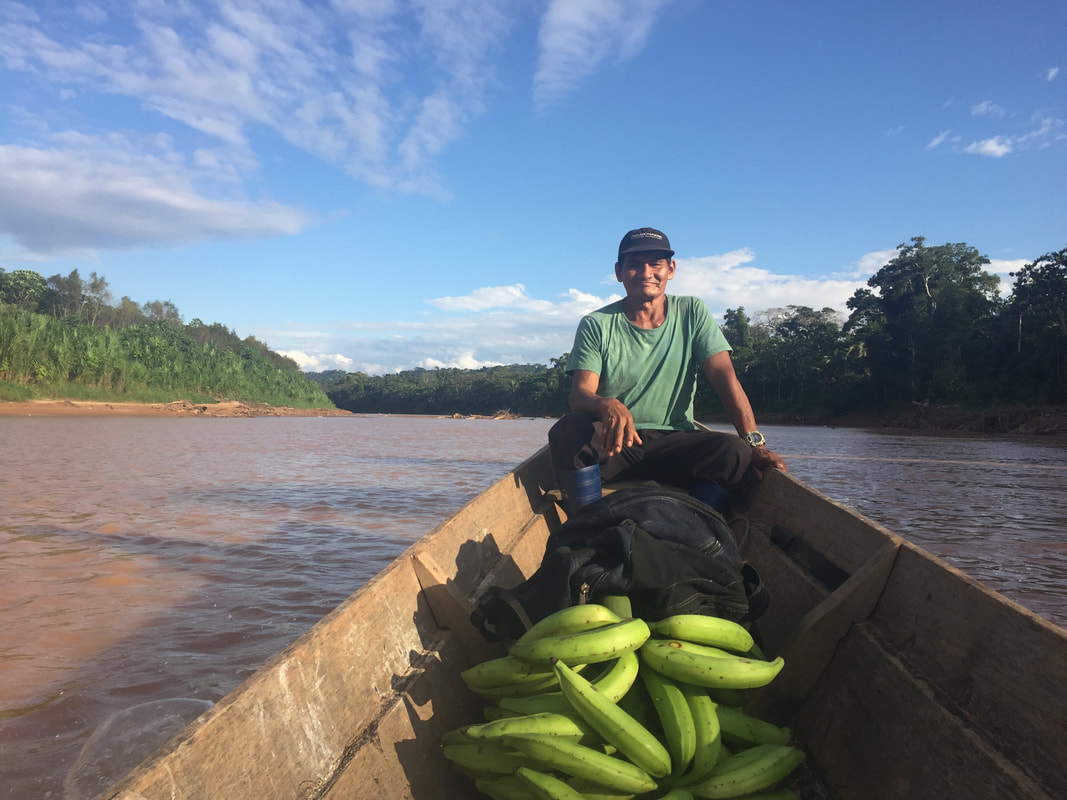
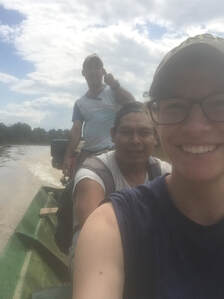
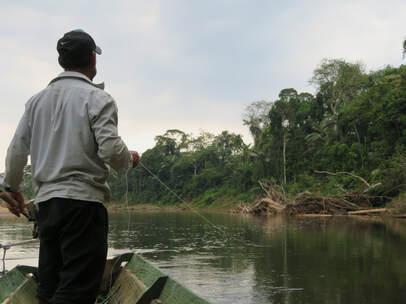
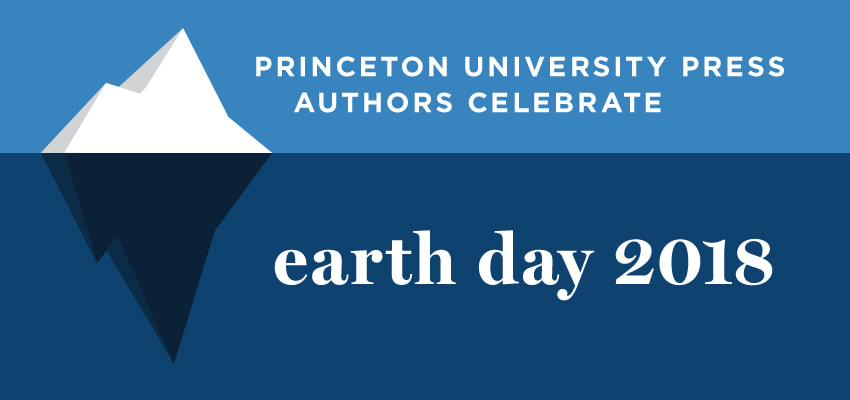
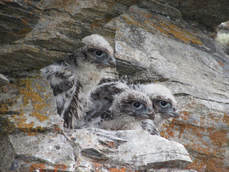
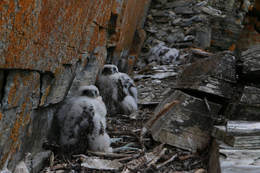
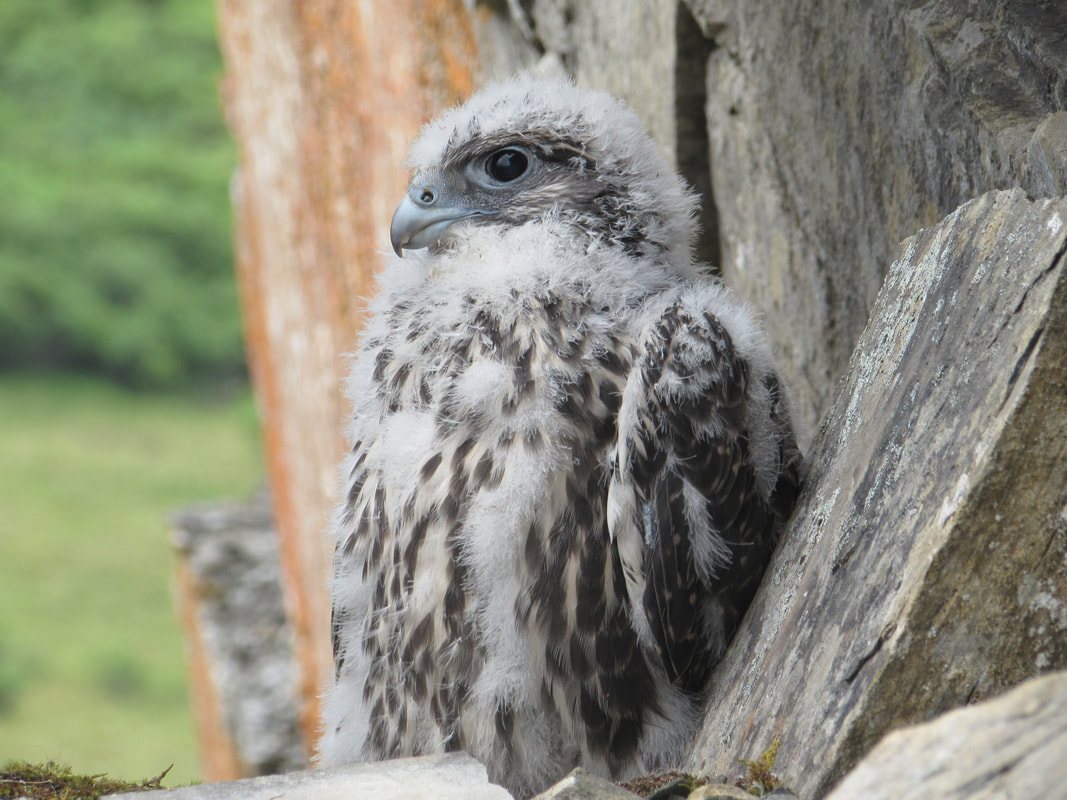
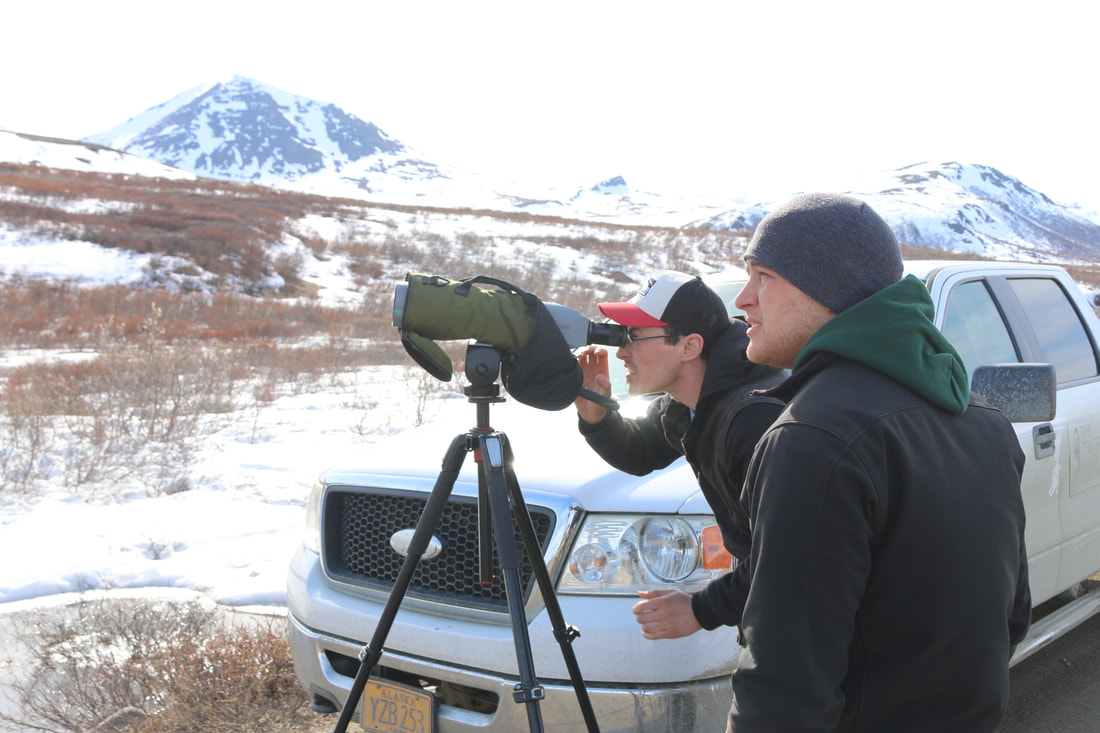
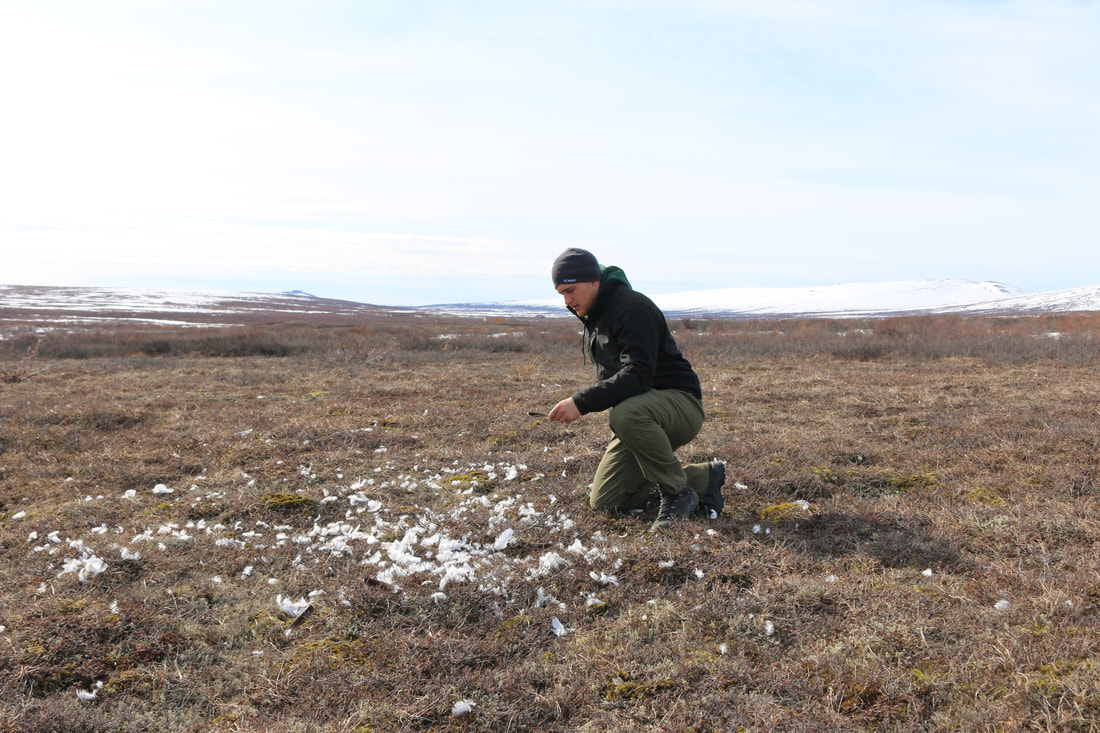
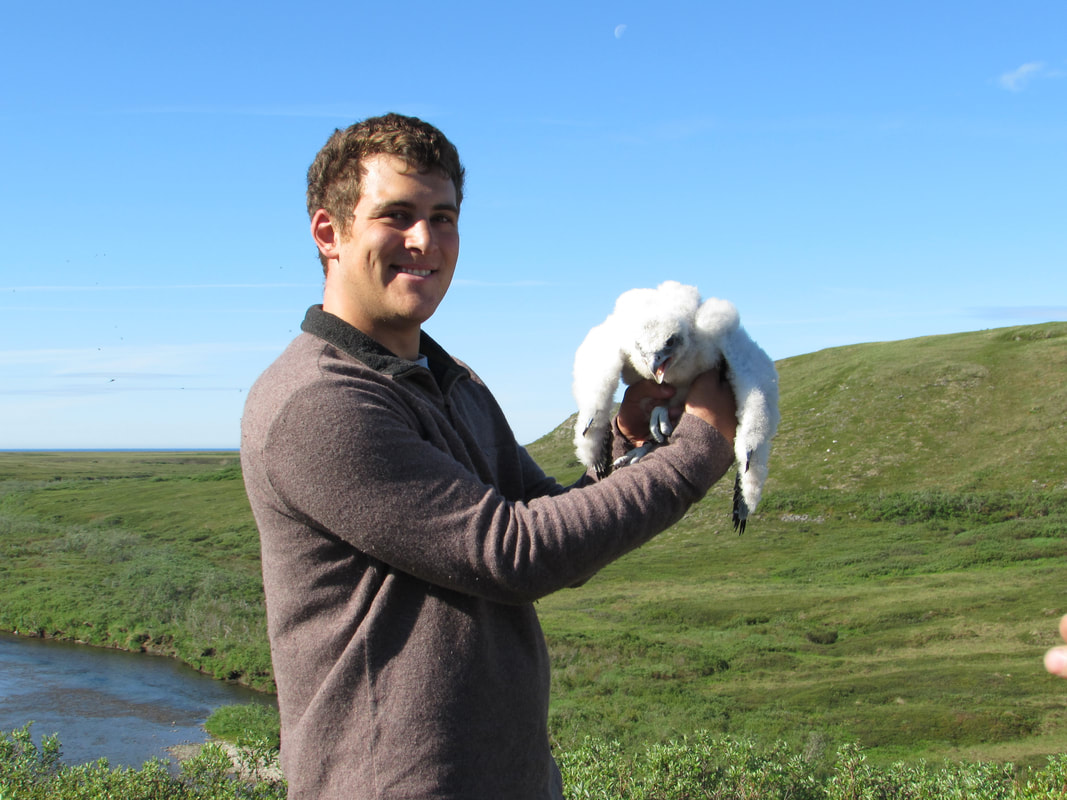
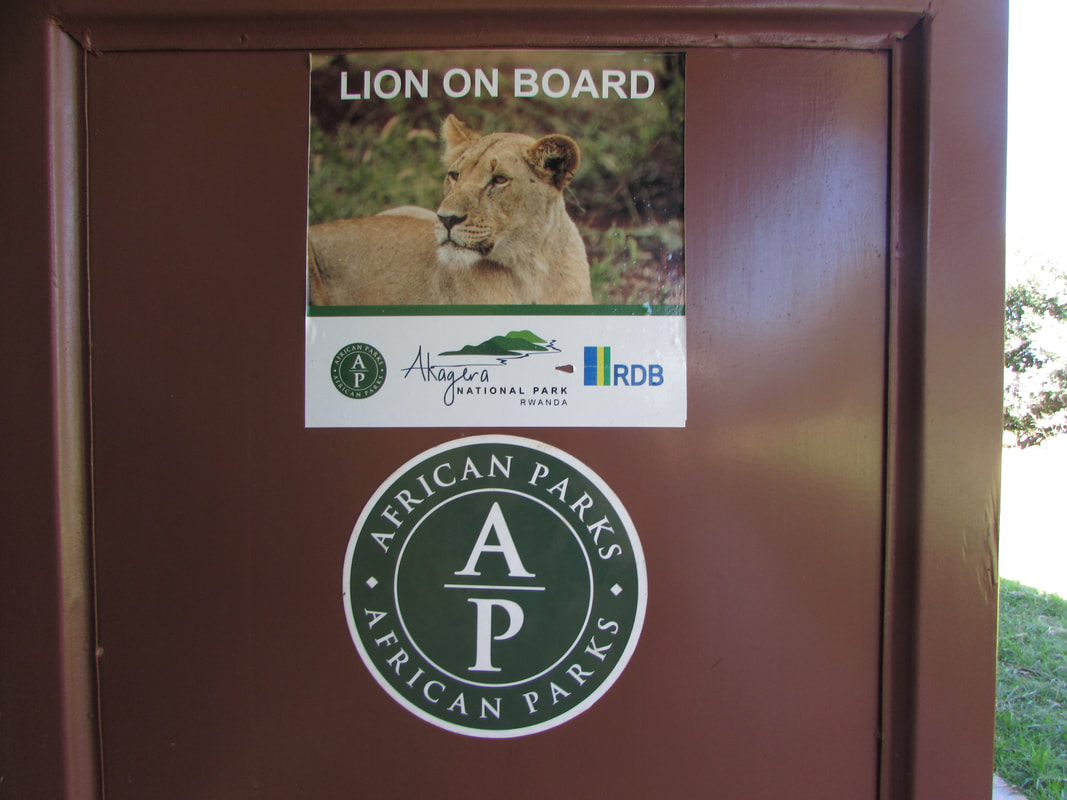
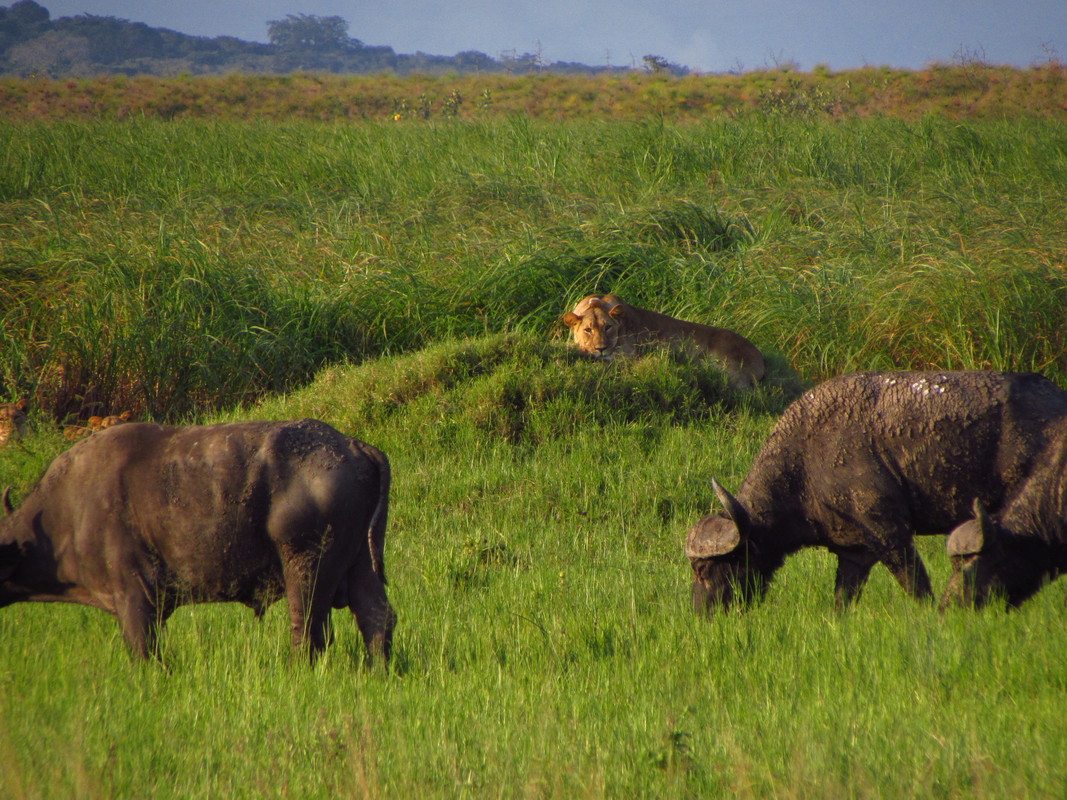
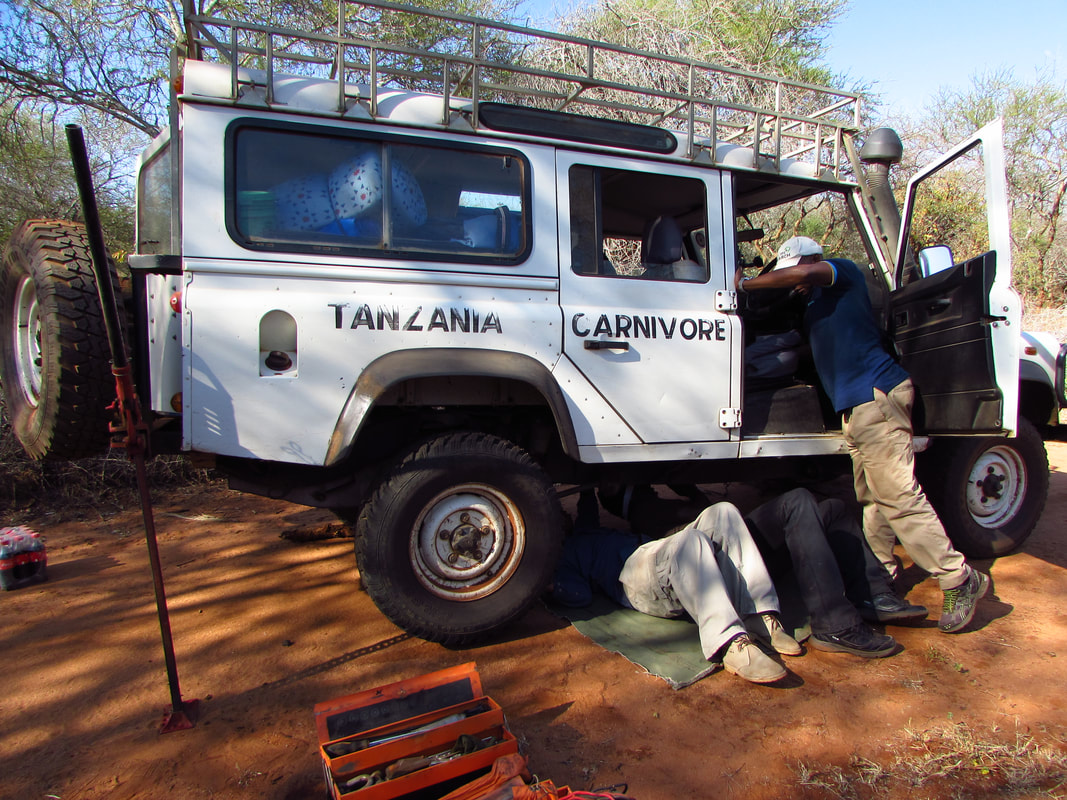
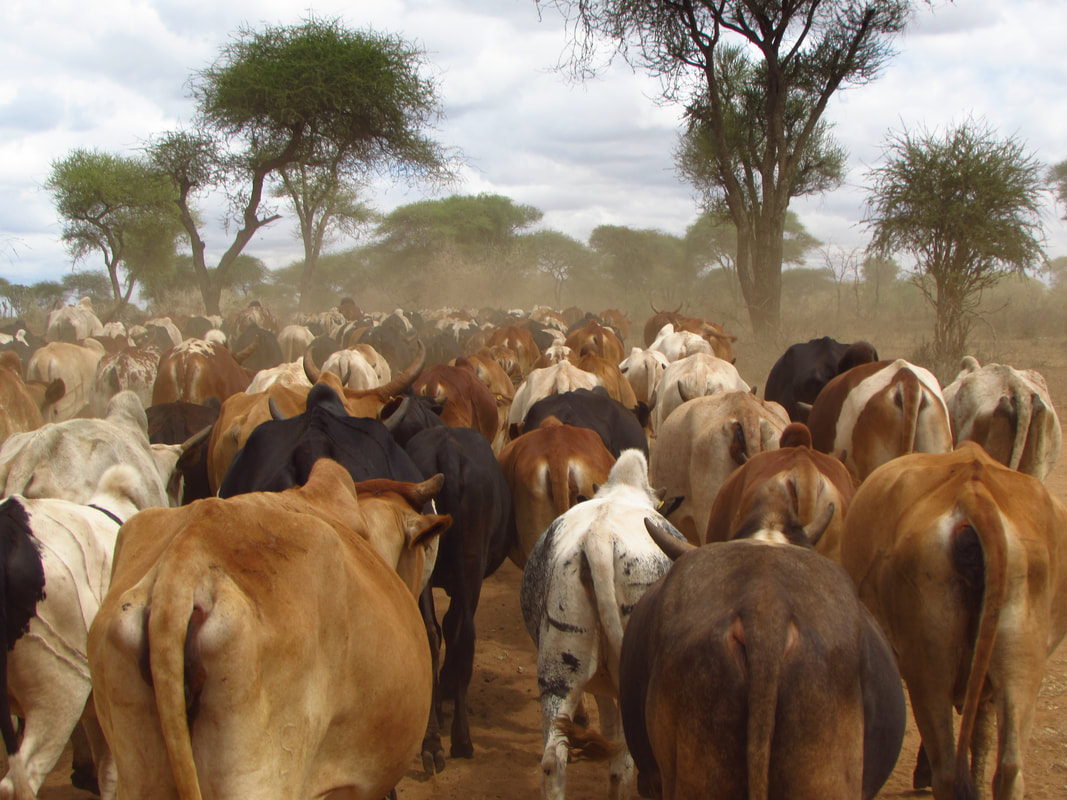
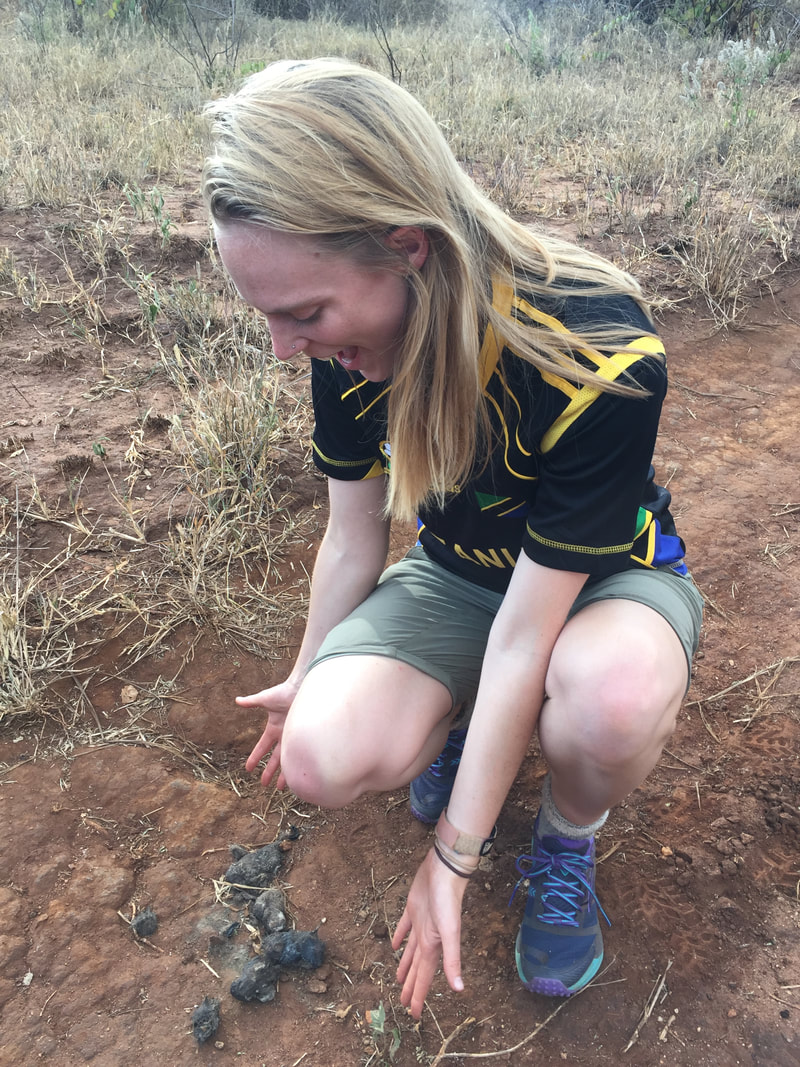
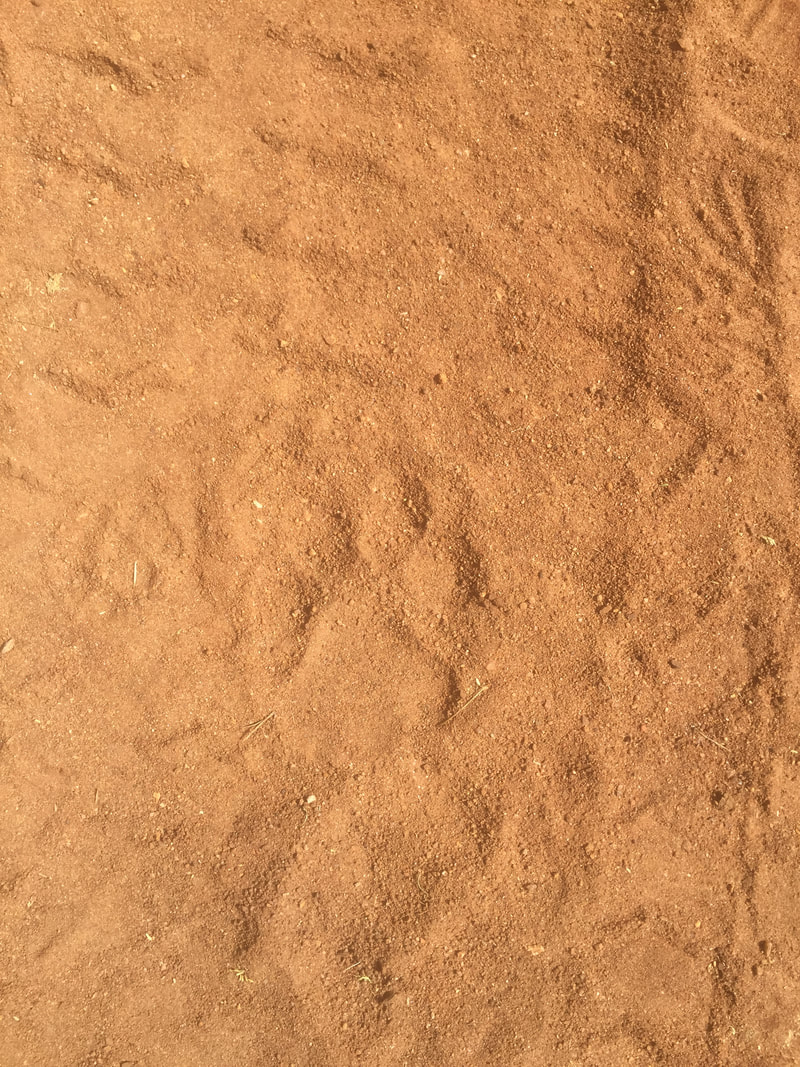
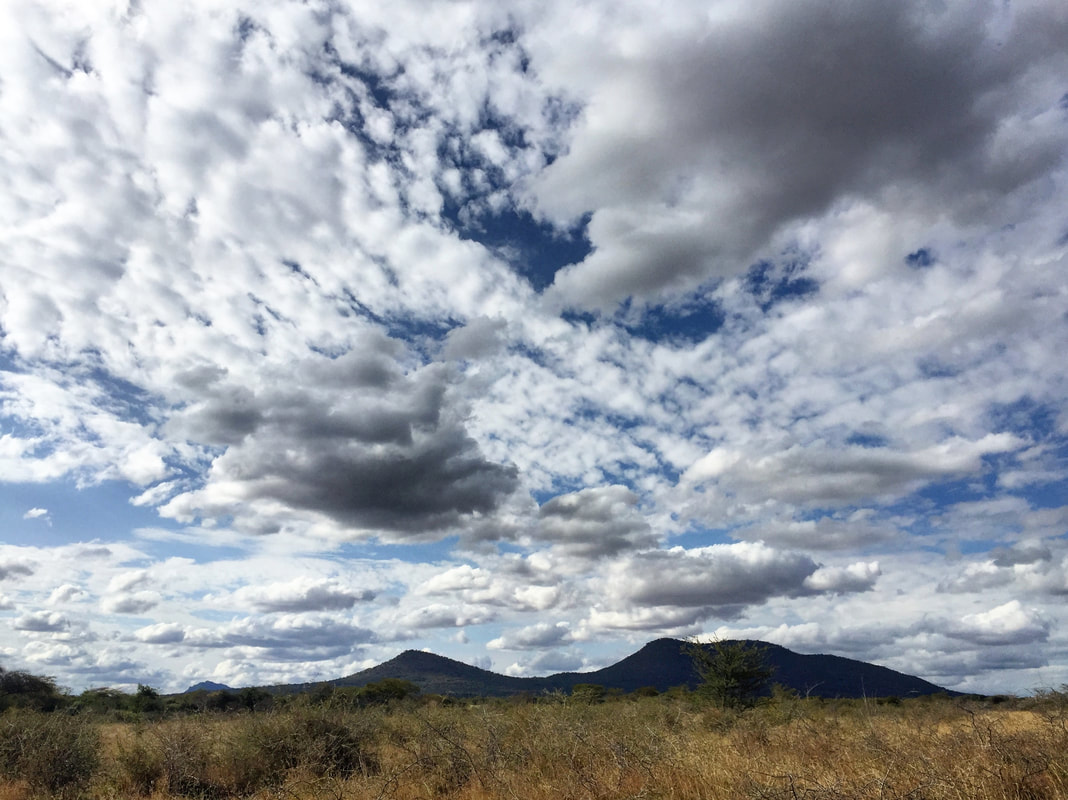
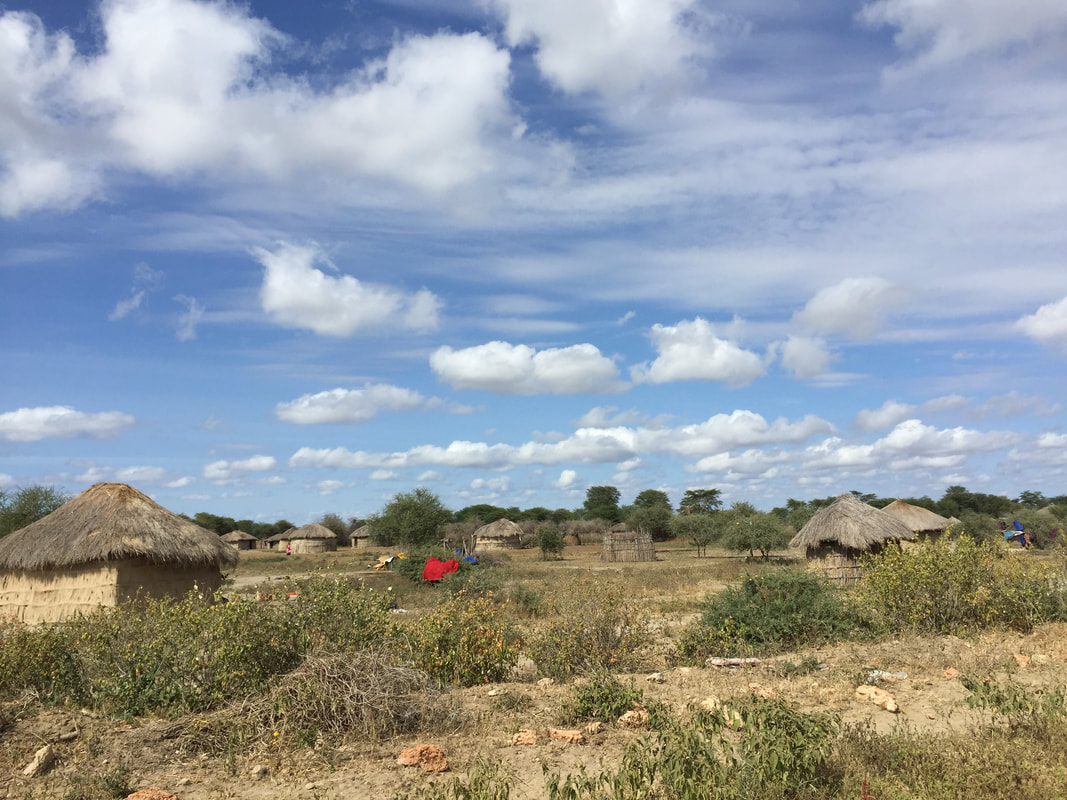
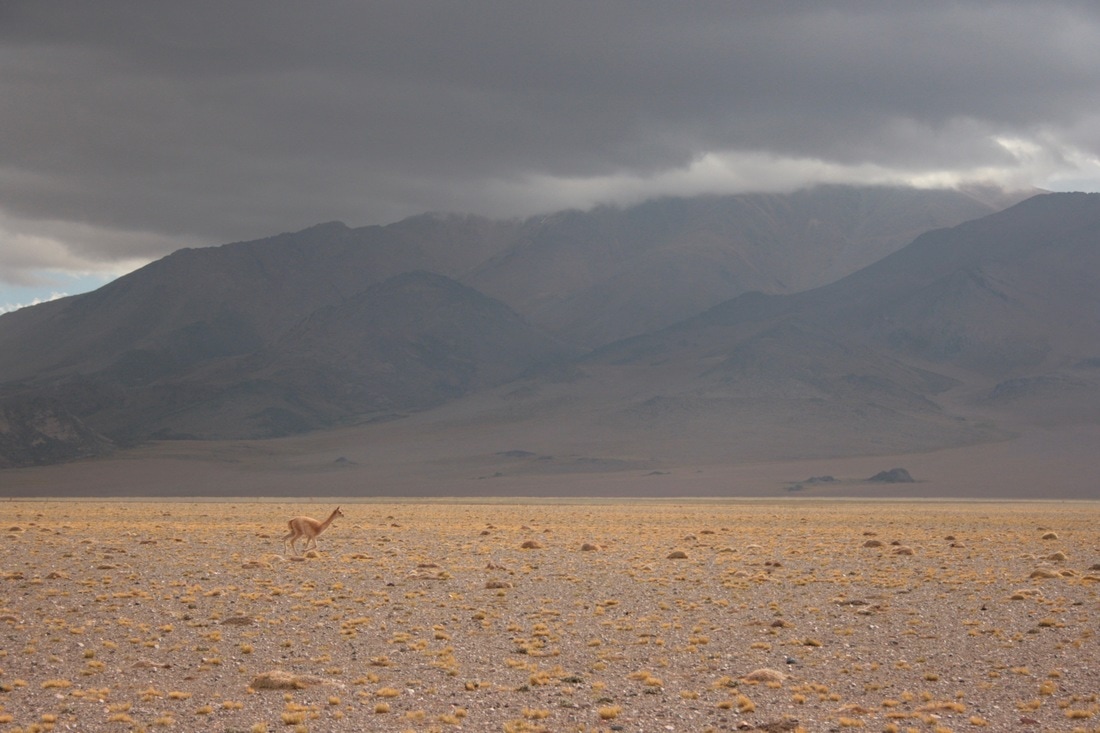
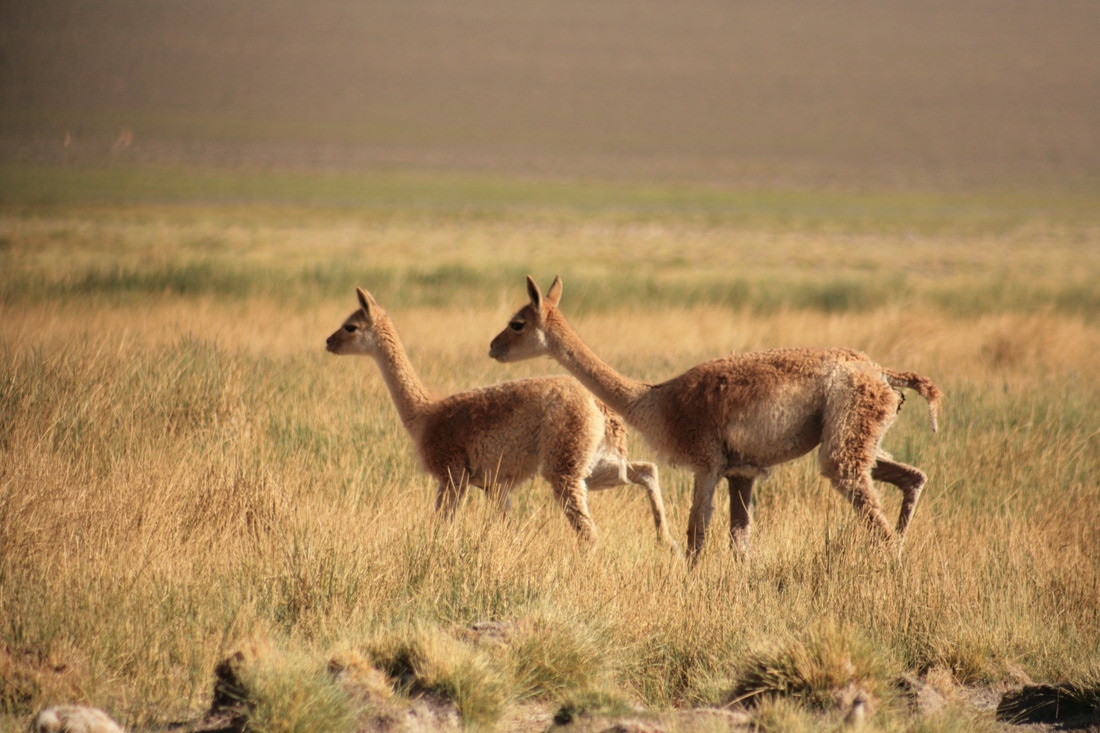
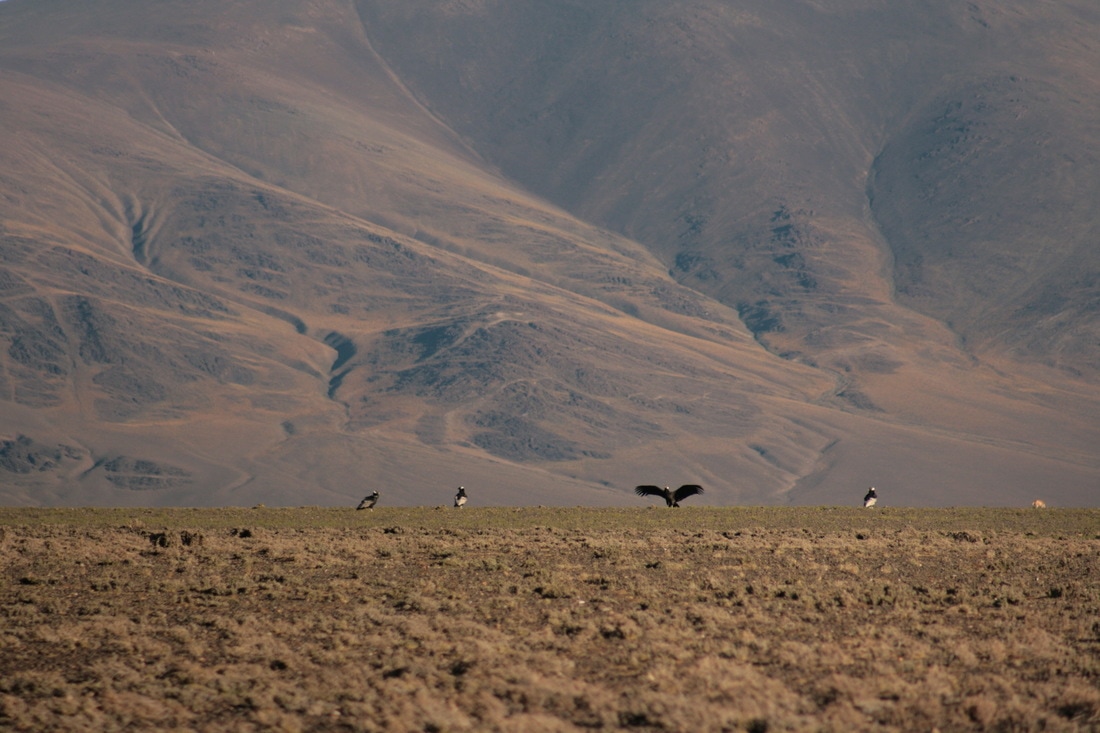
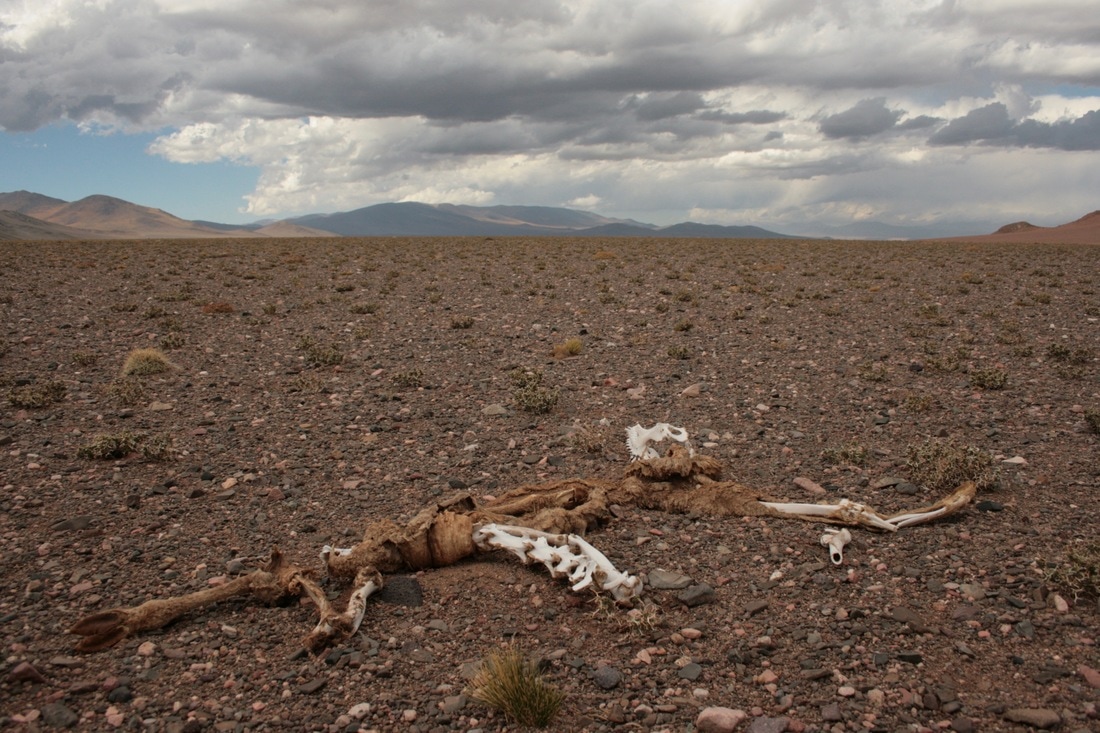
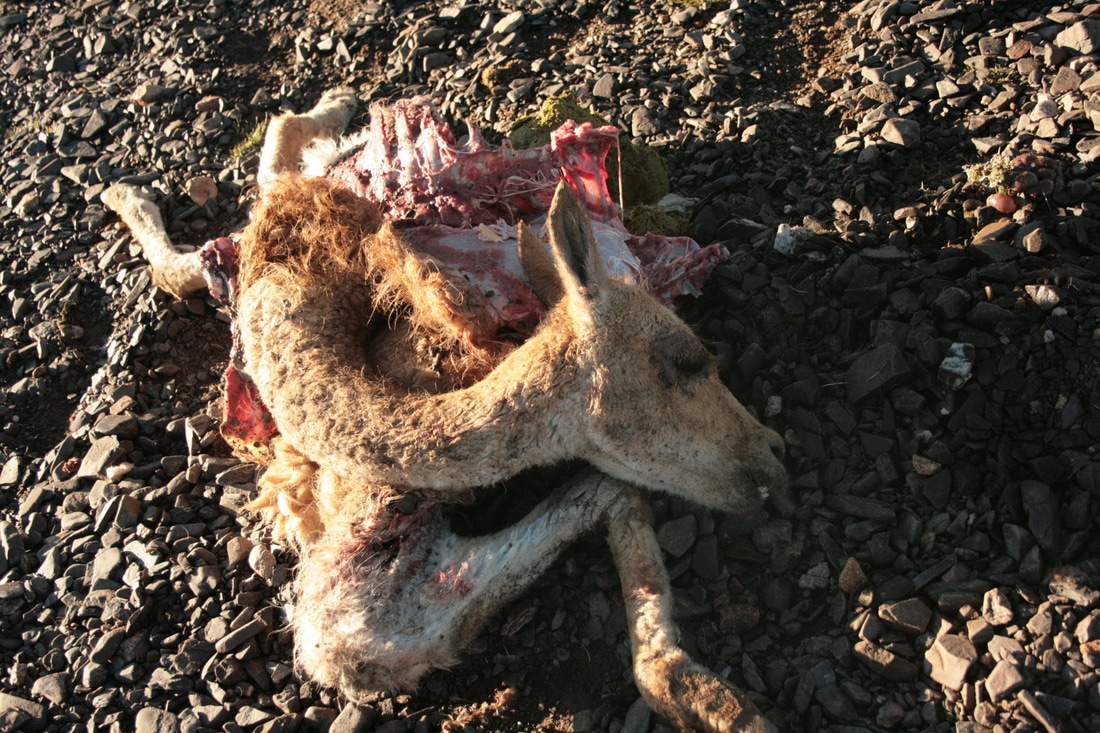
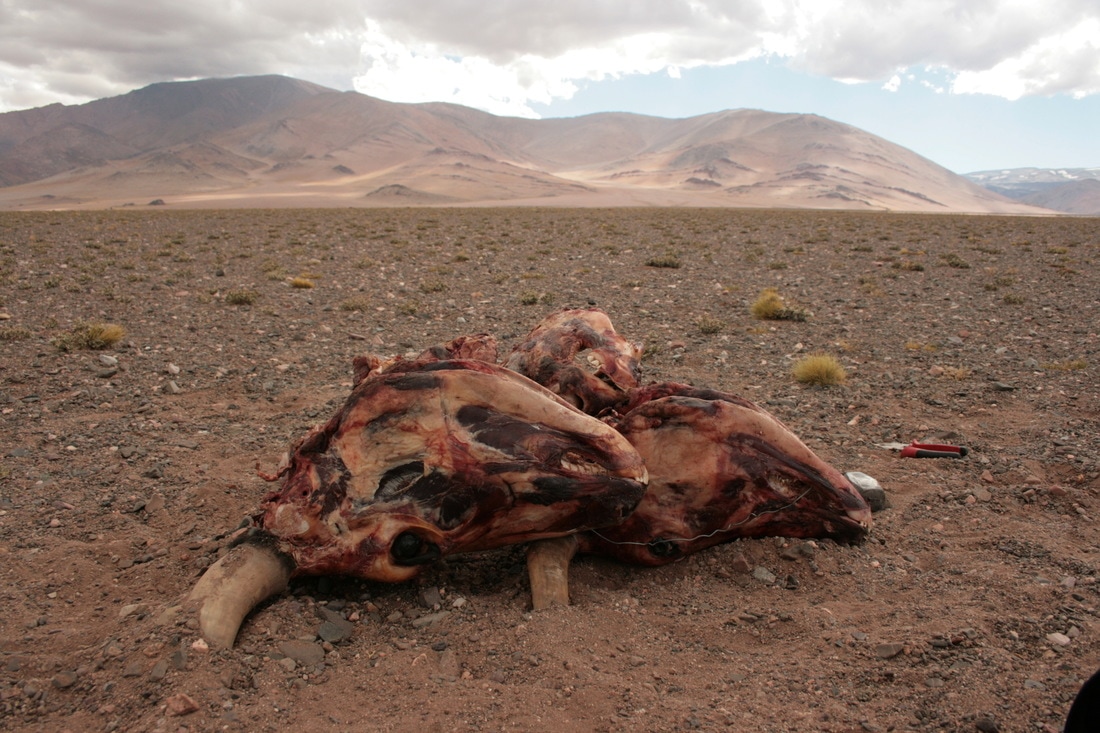
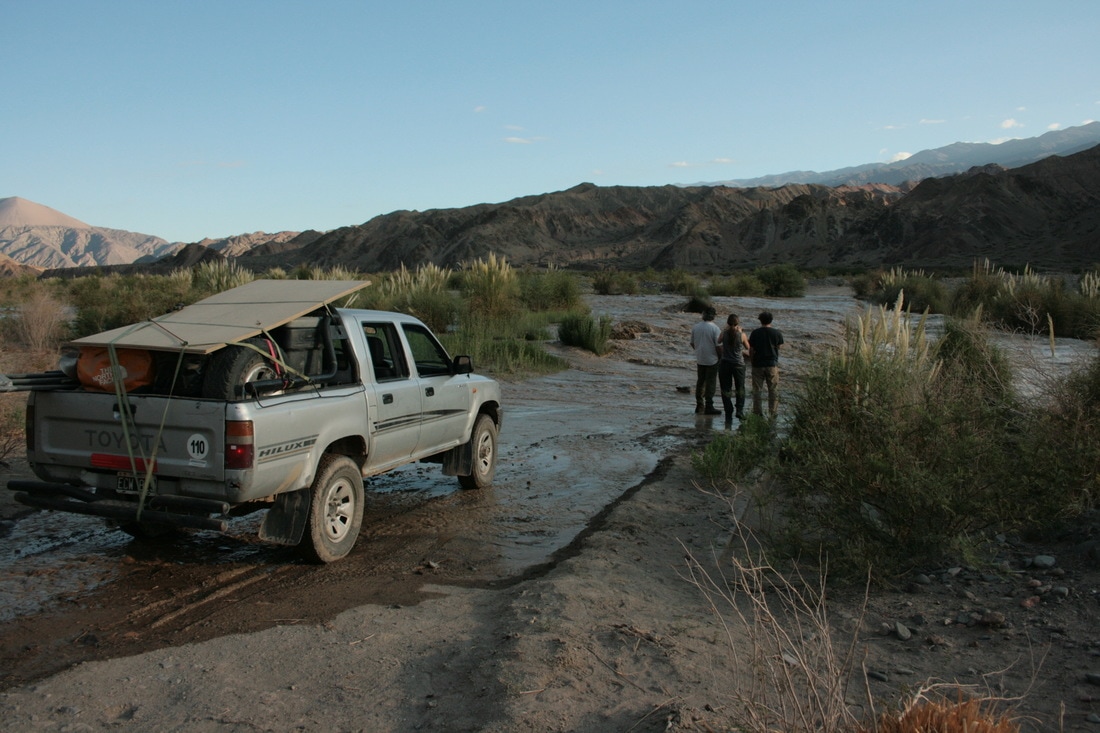
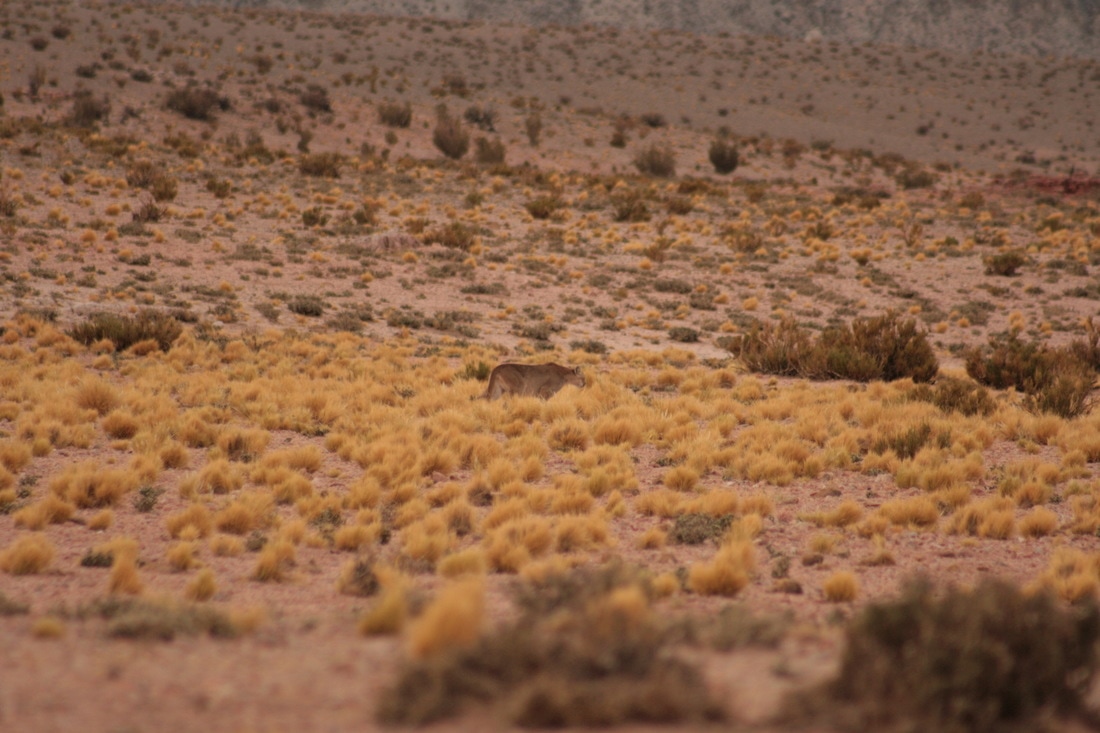
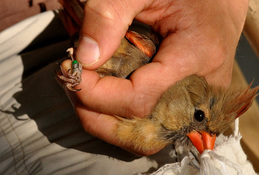
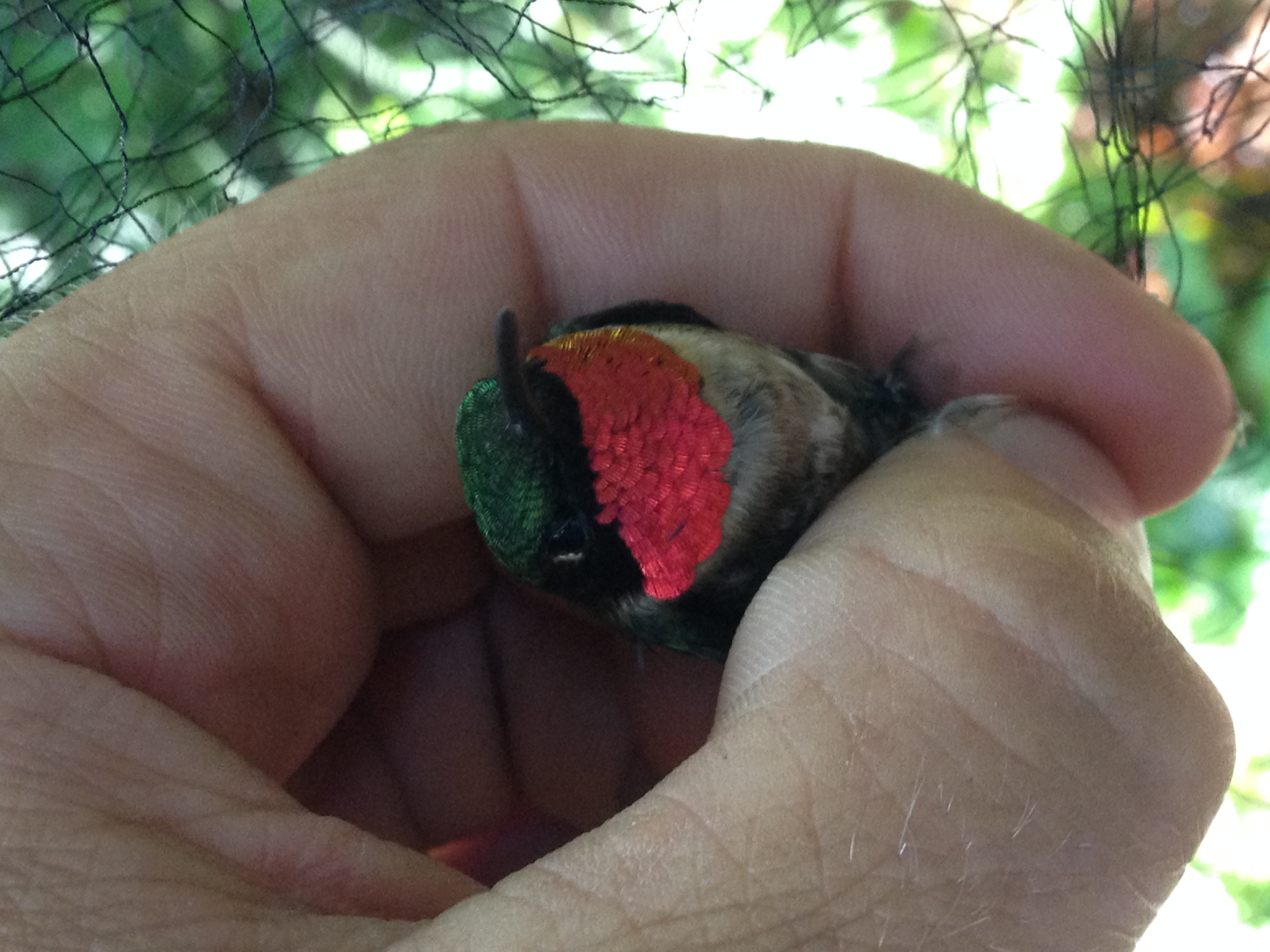

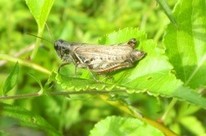
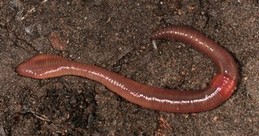
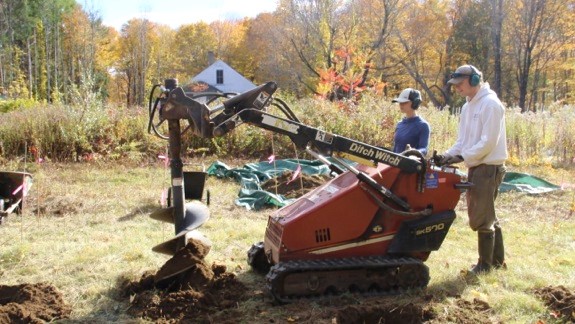
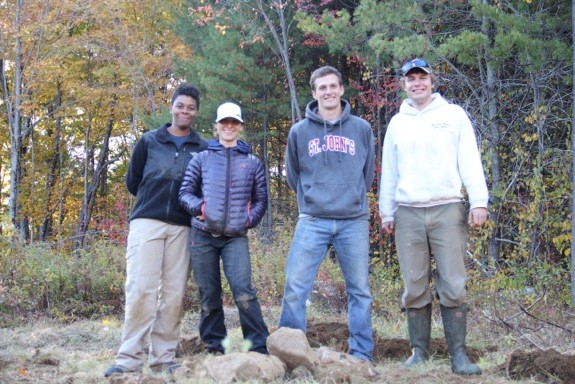
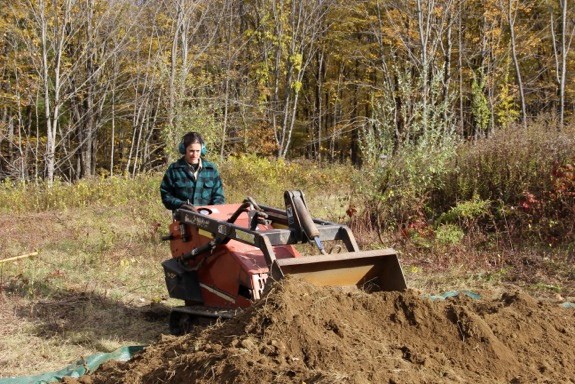
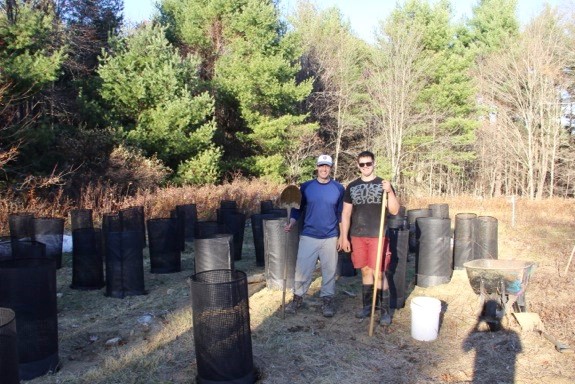
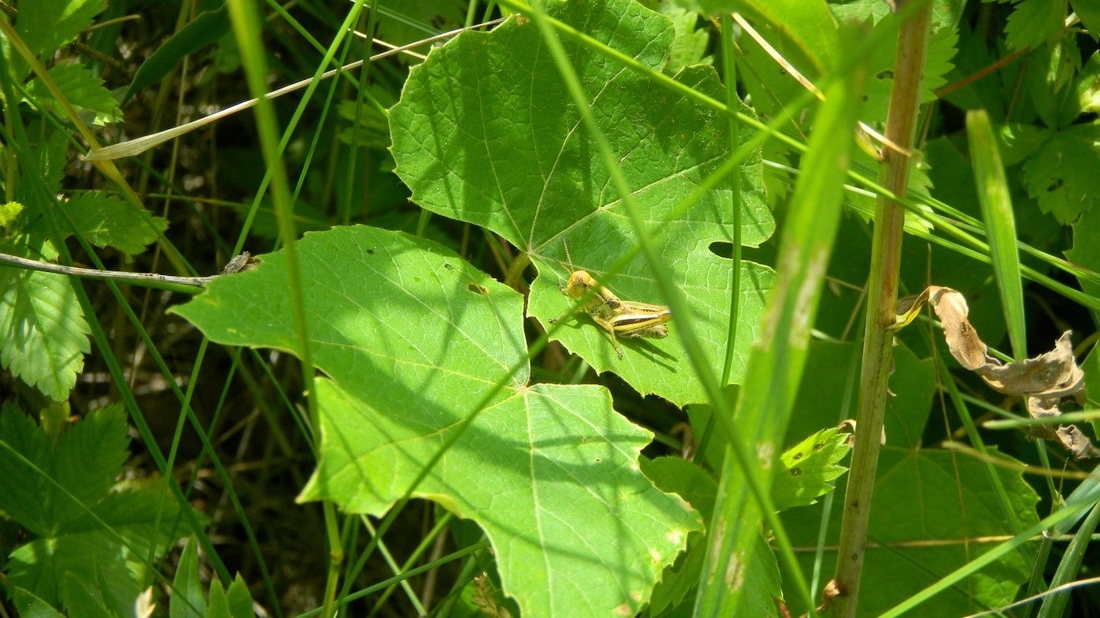
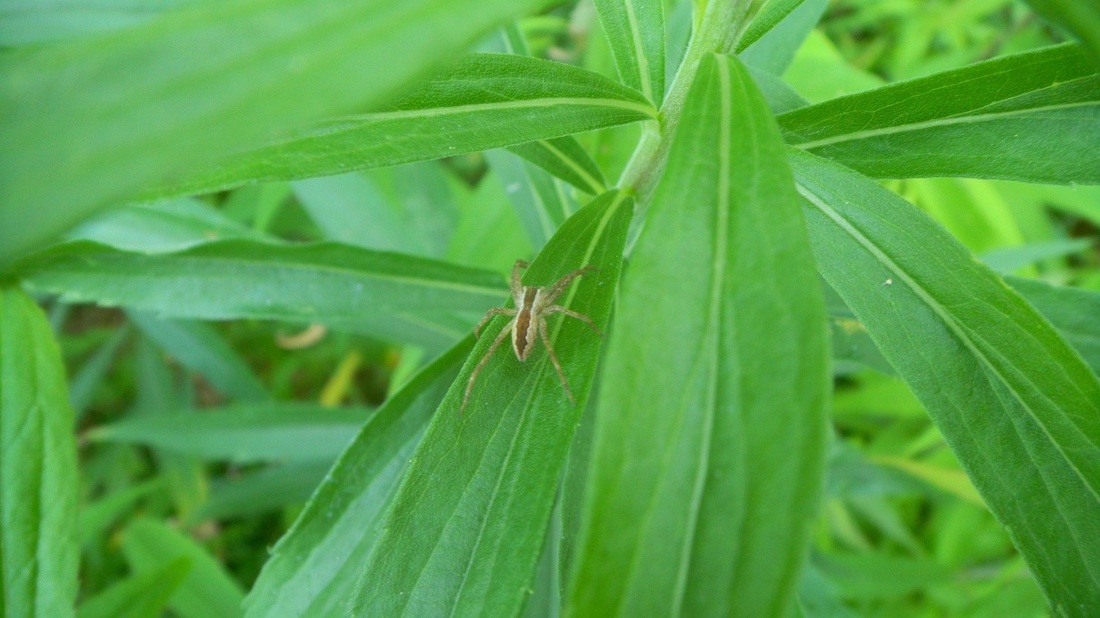
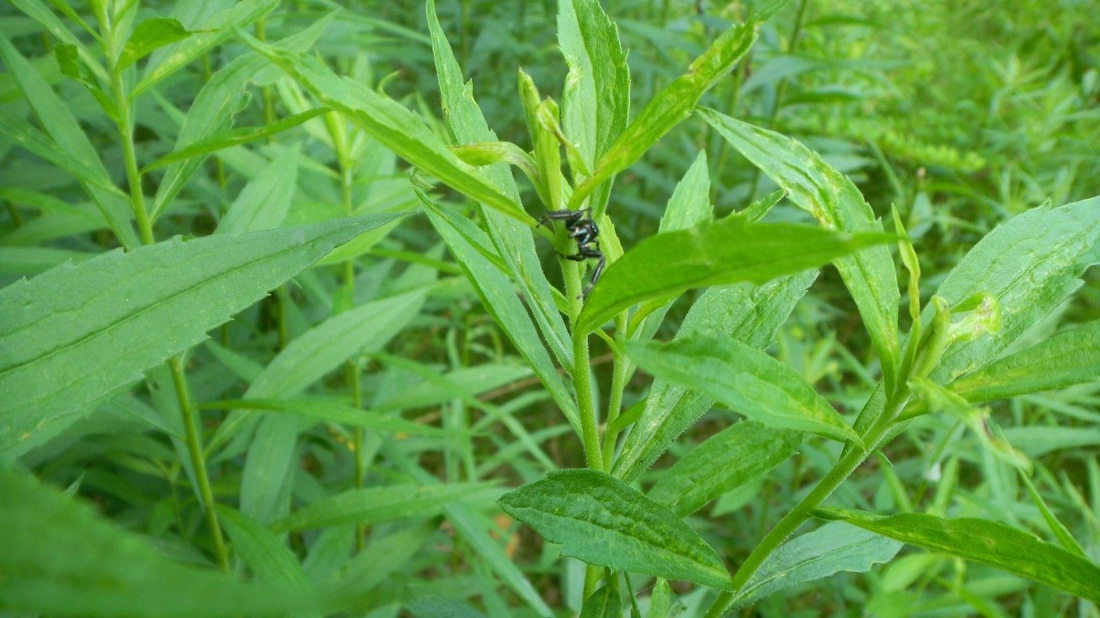
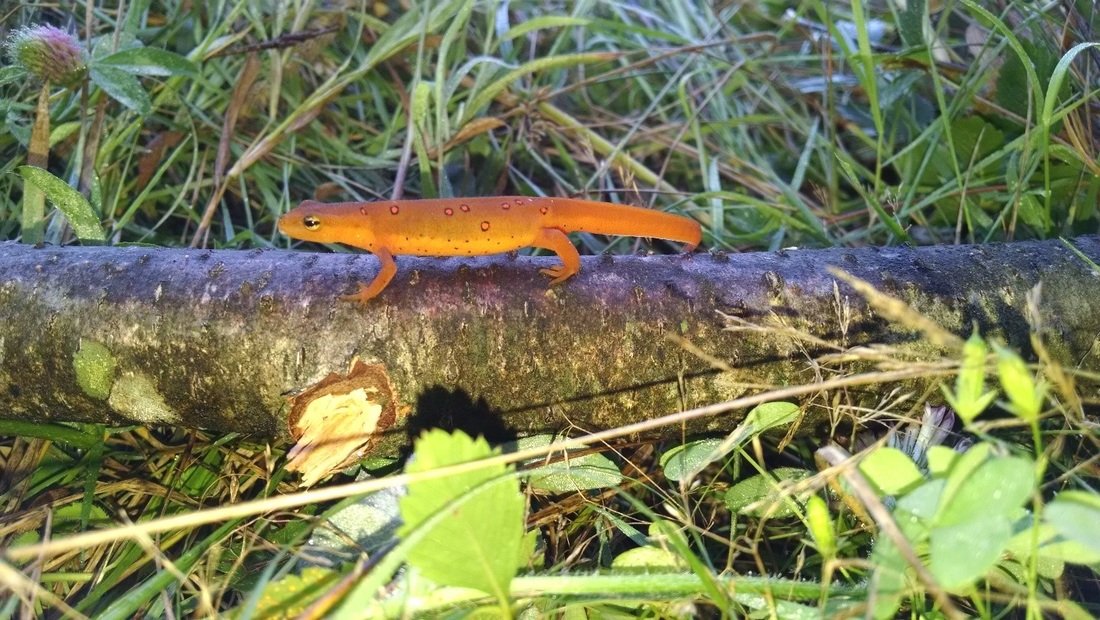
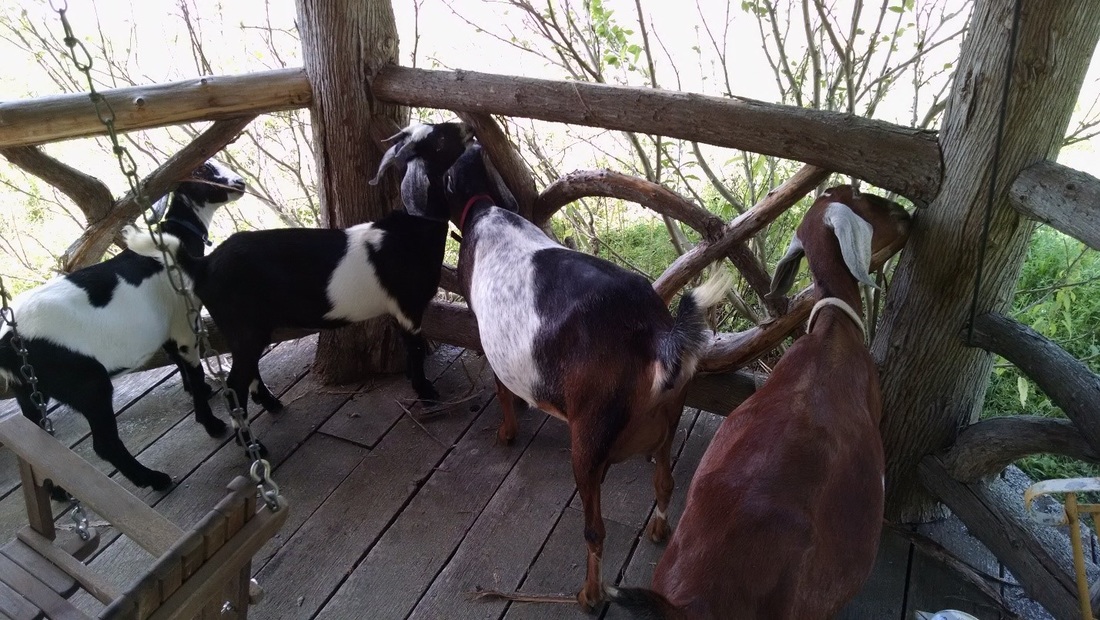
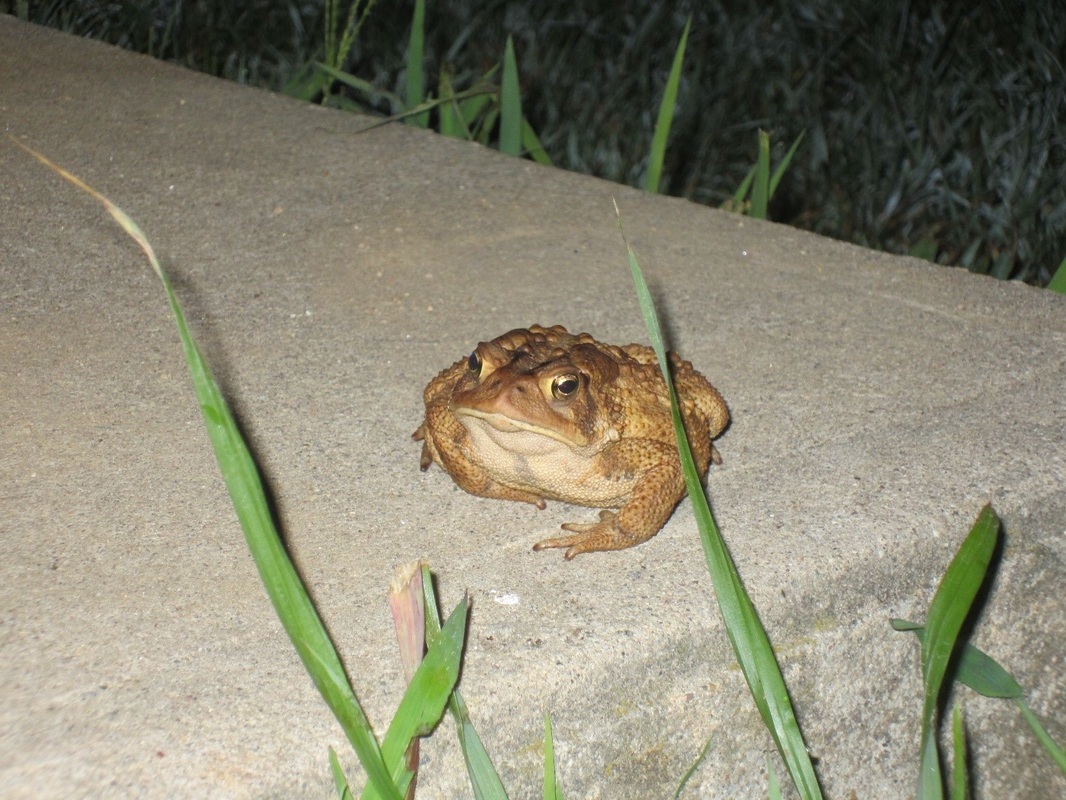
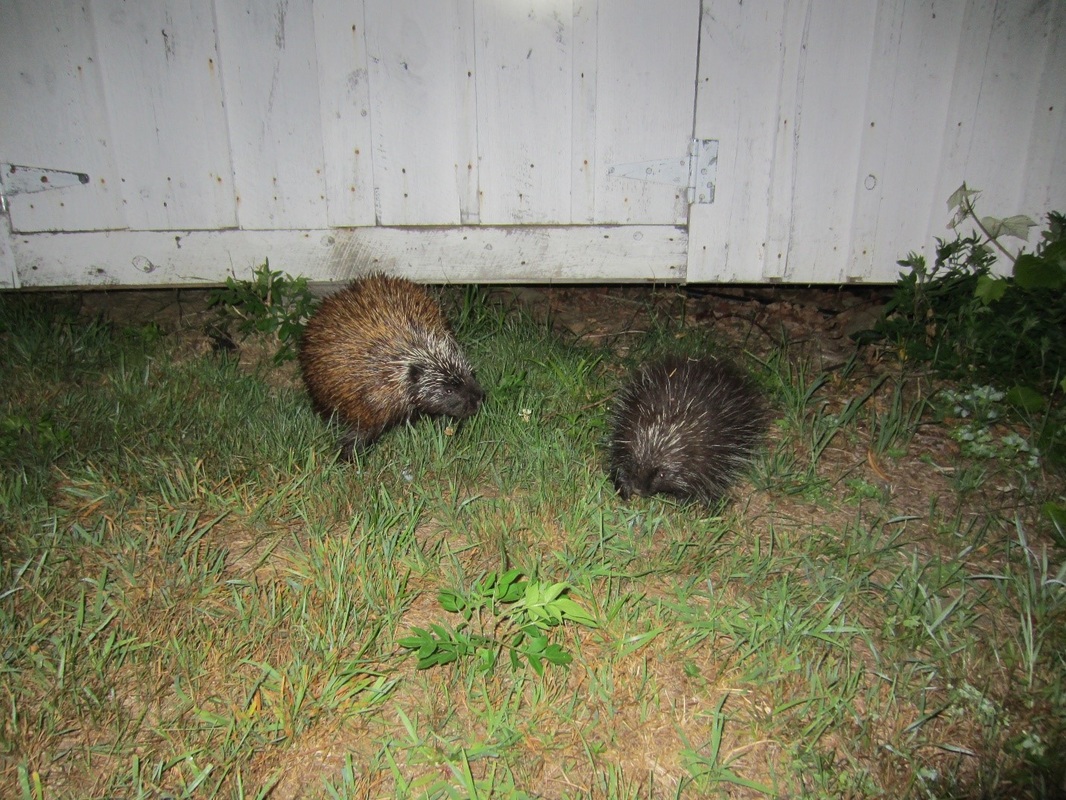
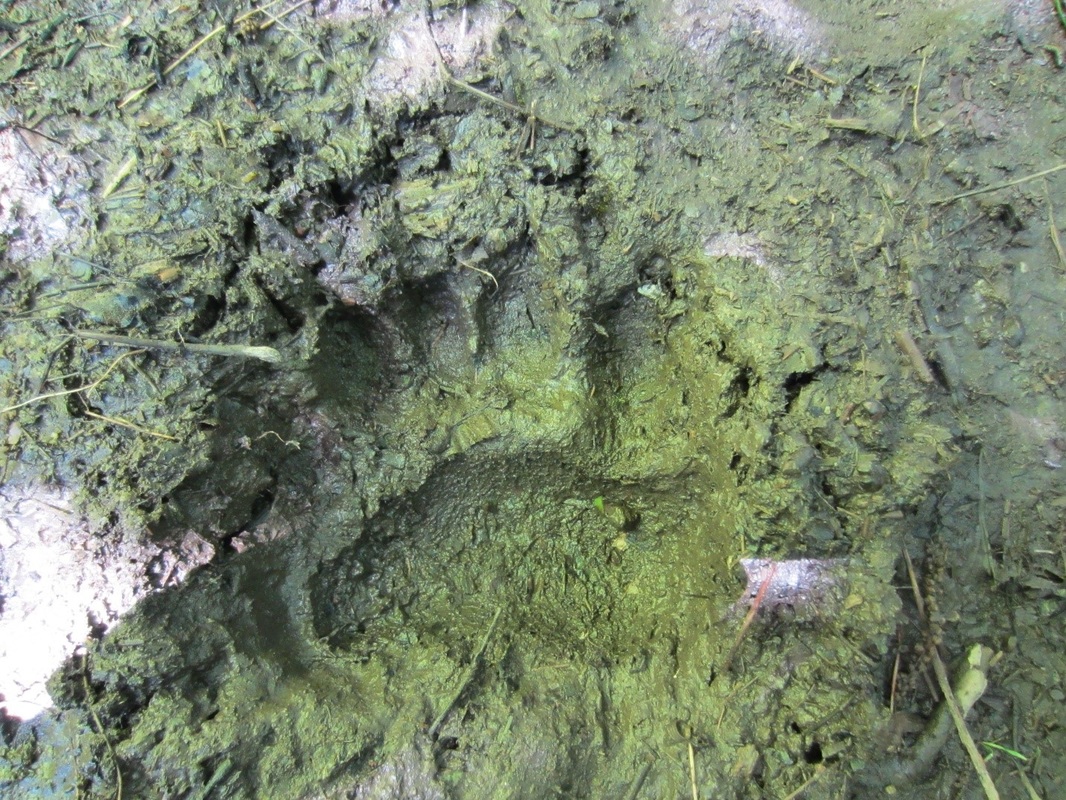
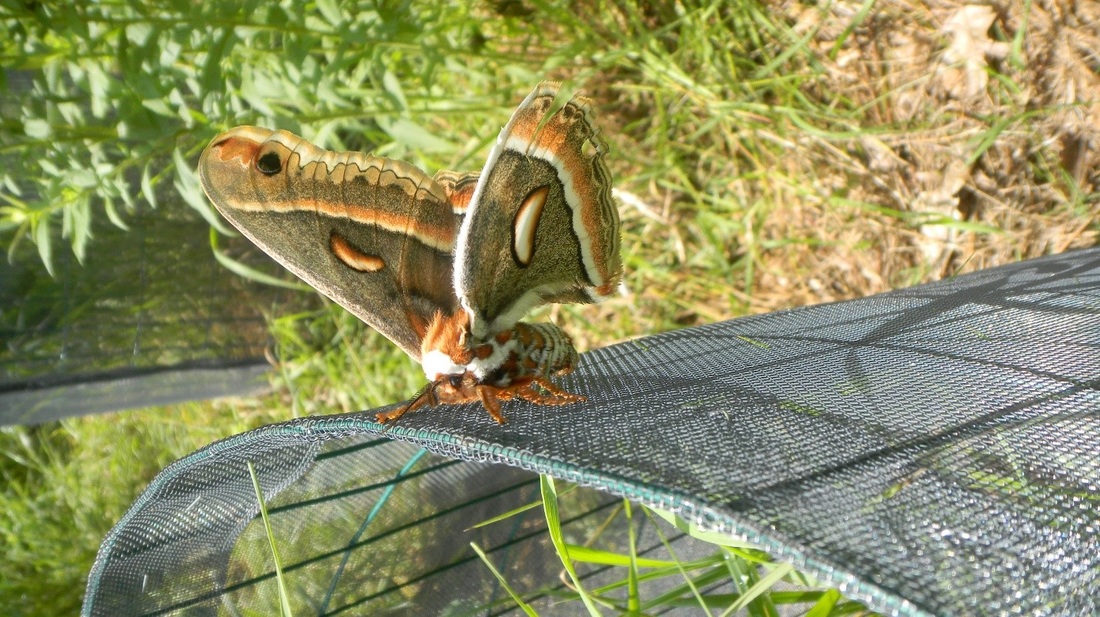
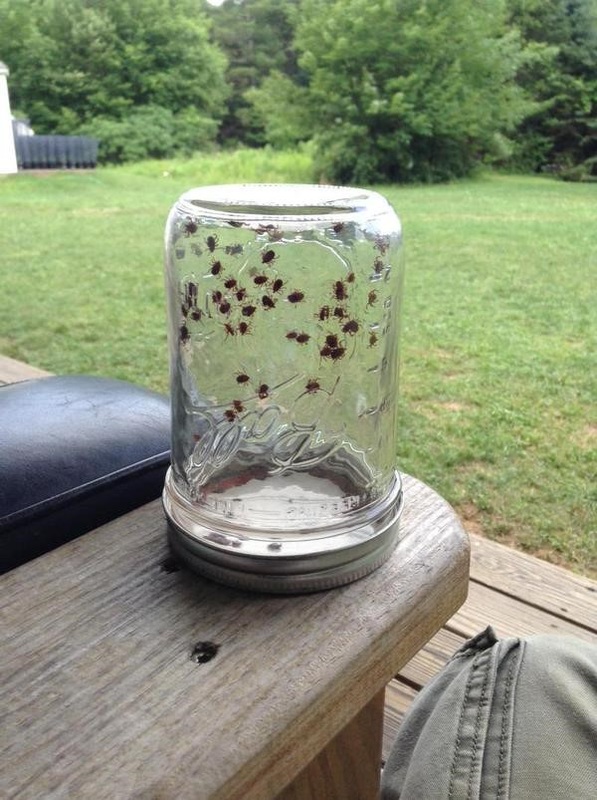
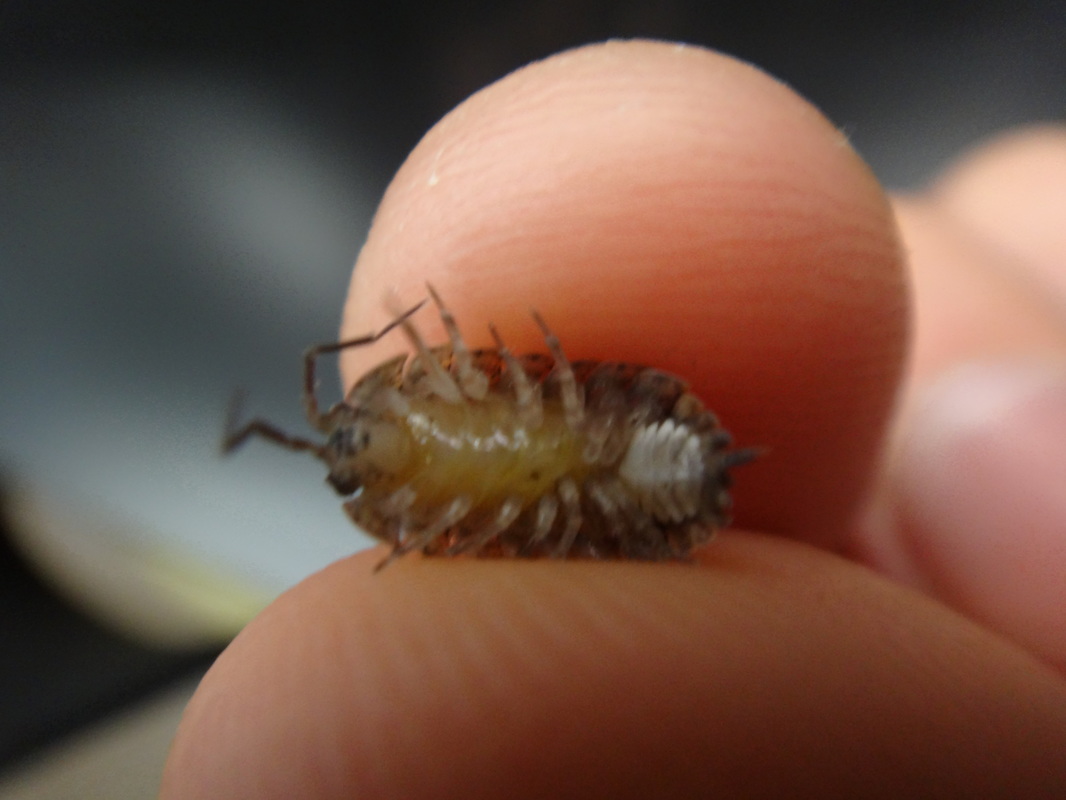
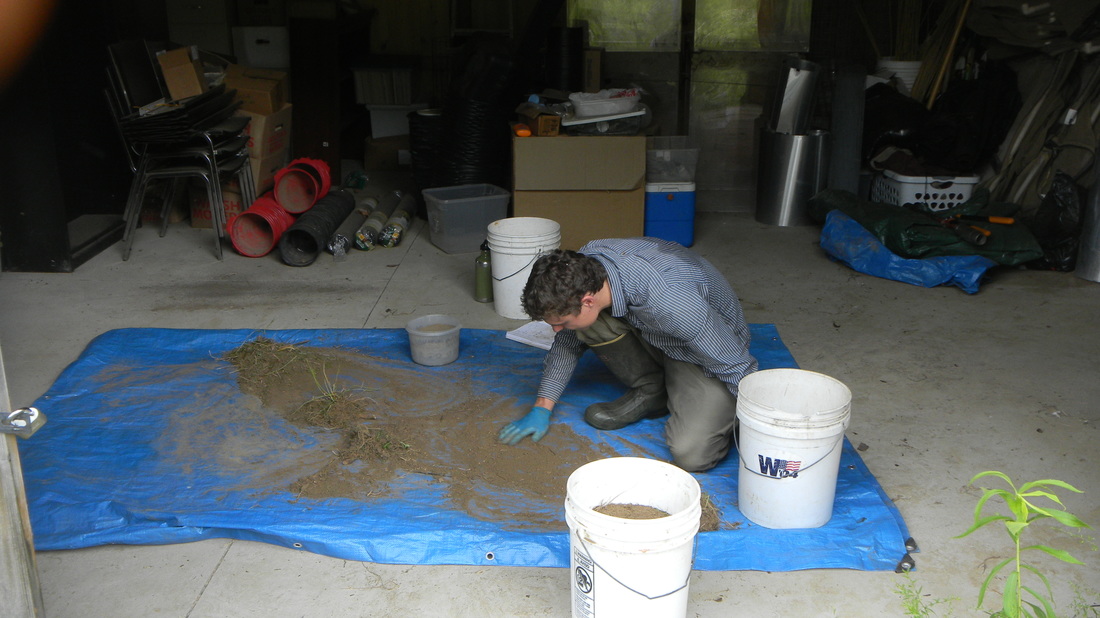
 RSS Feed
RSS Feed
